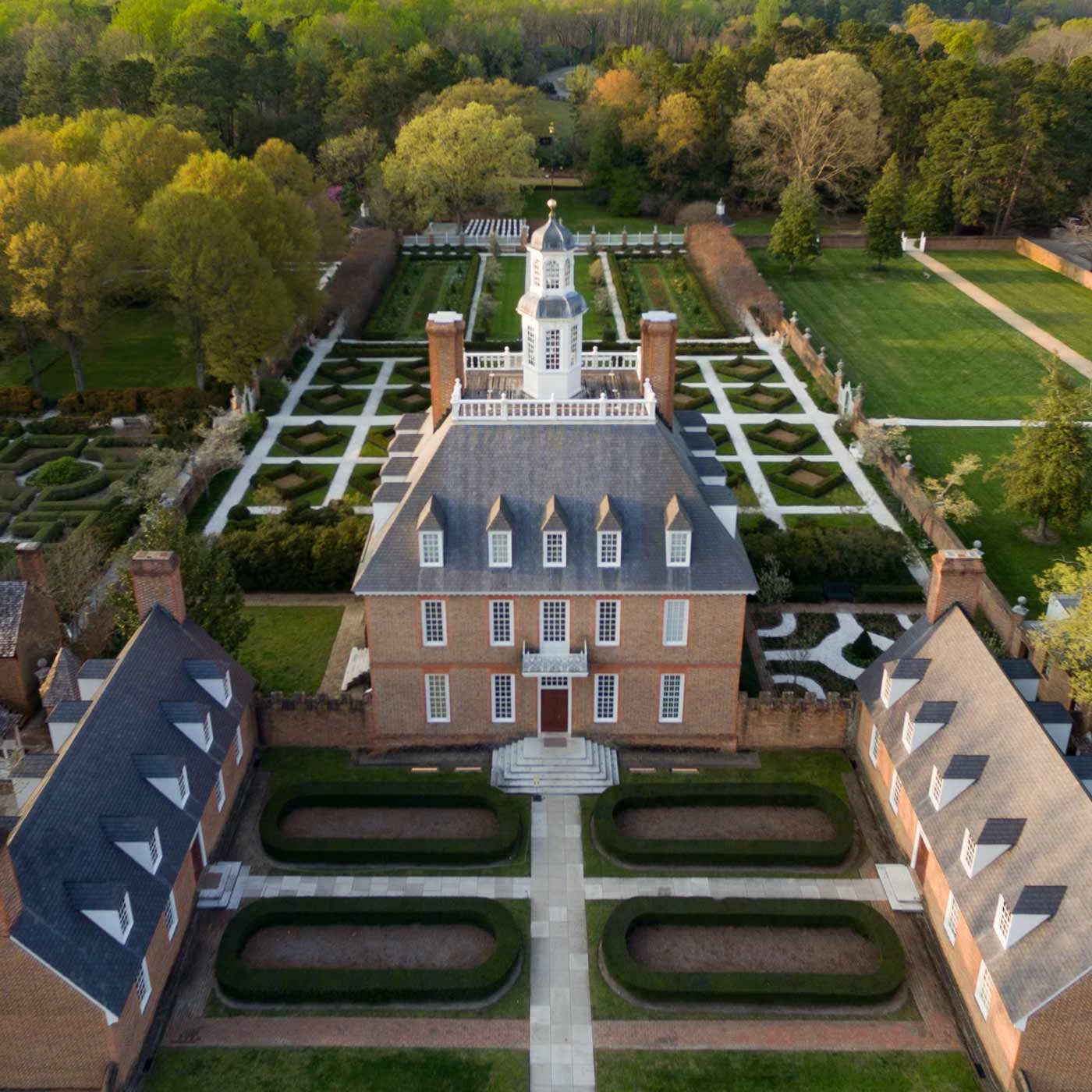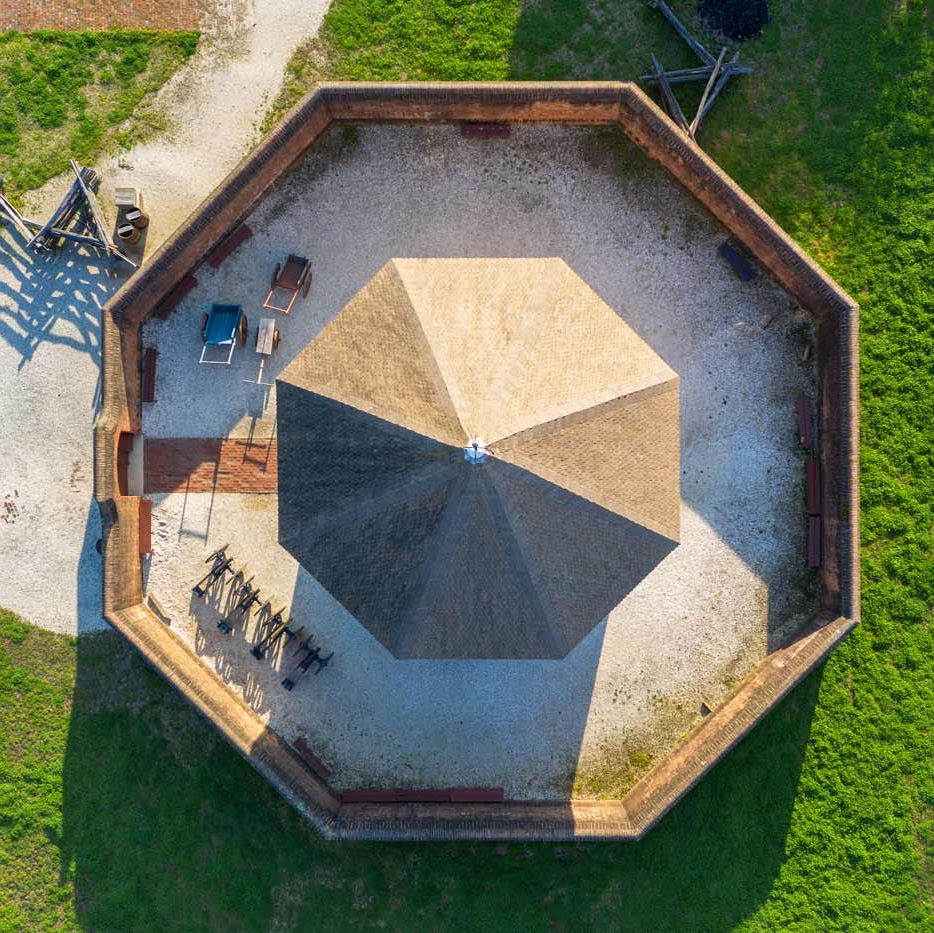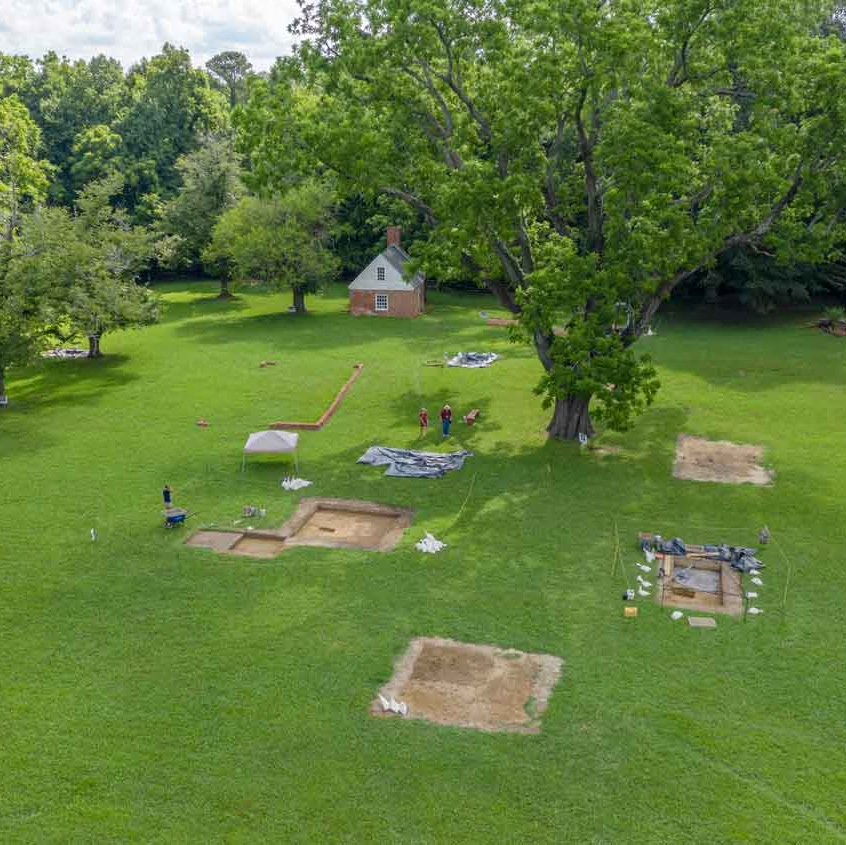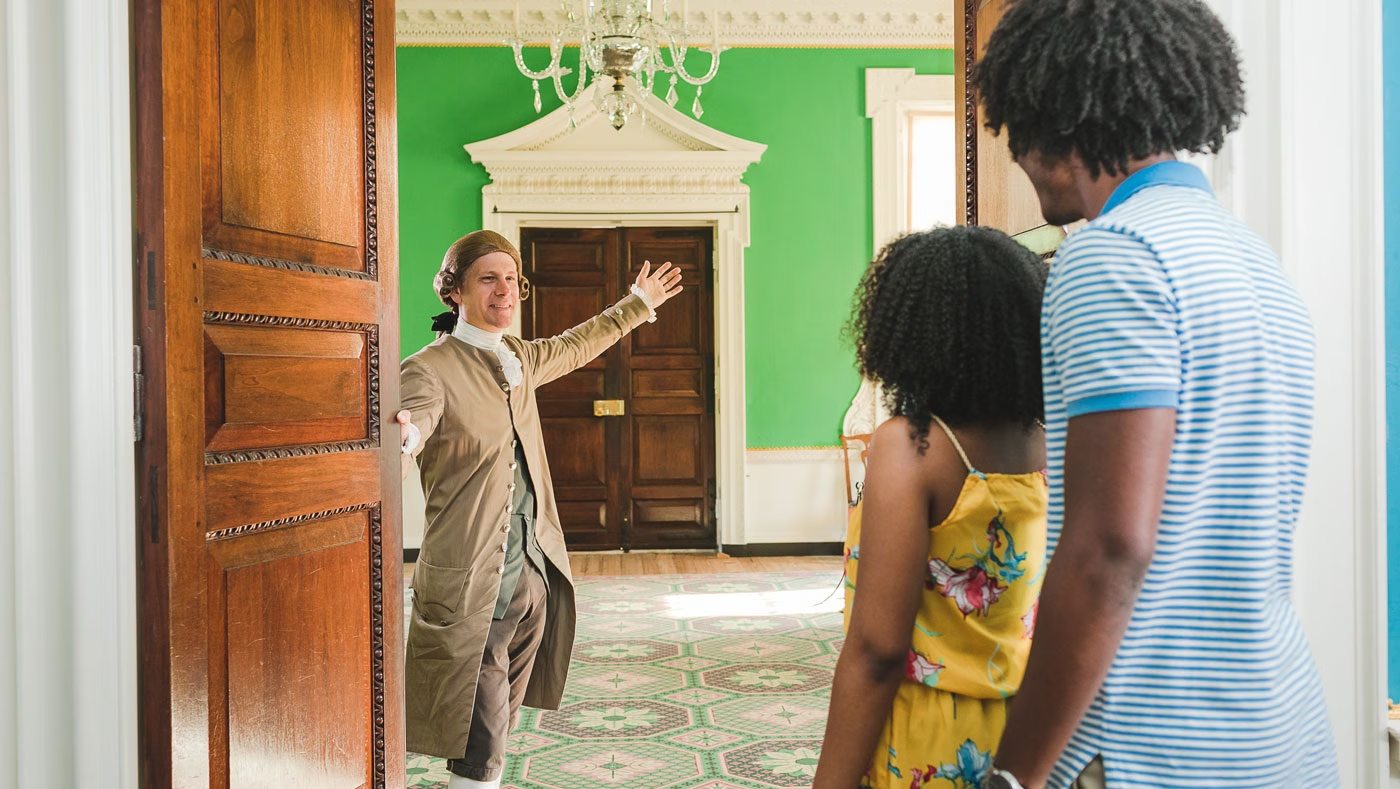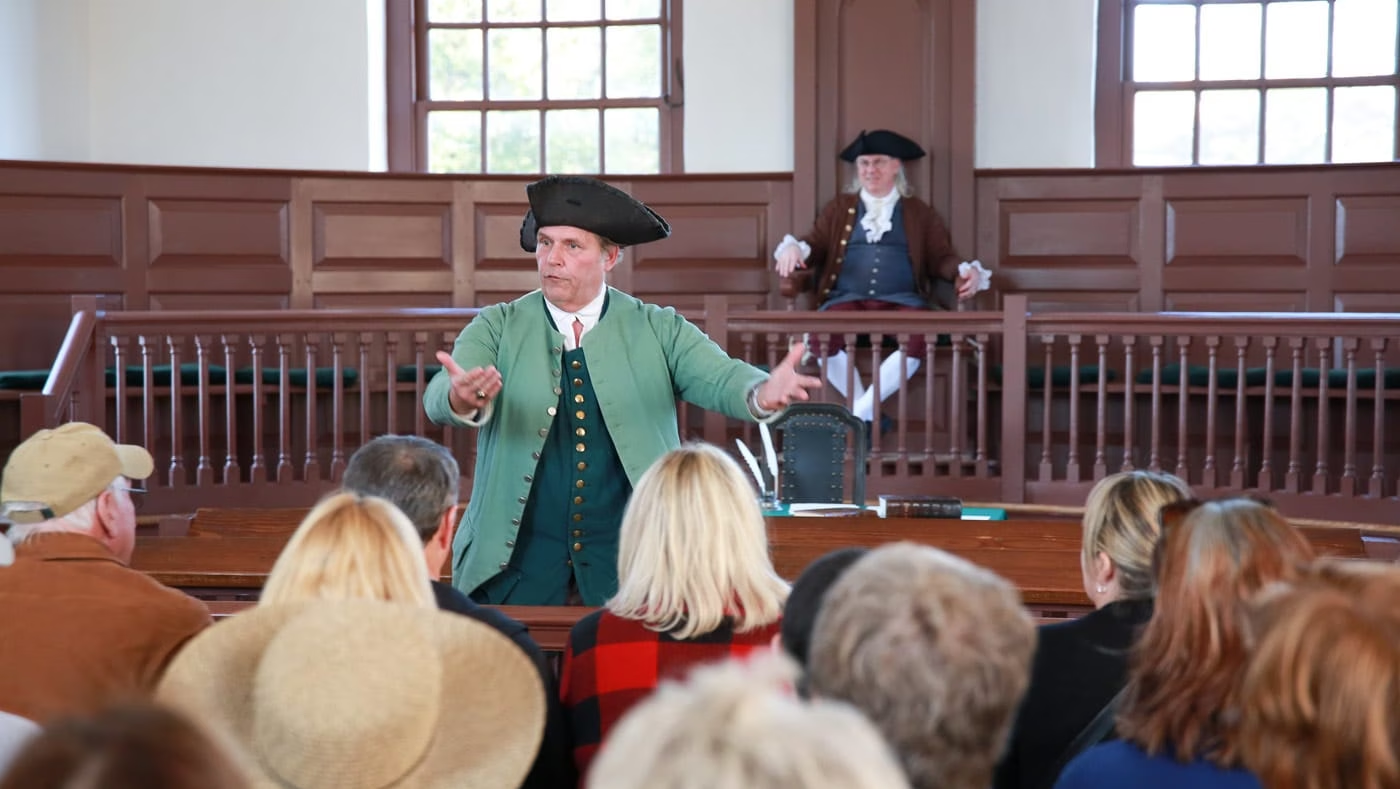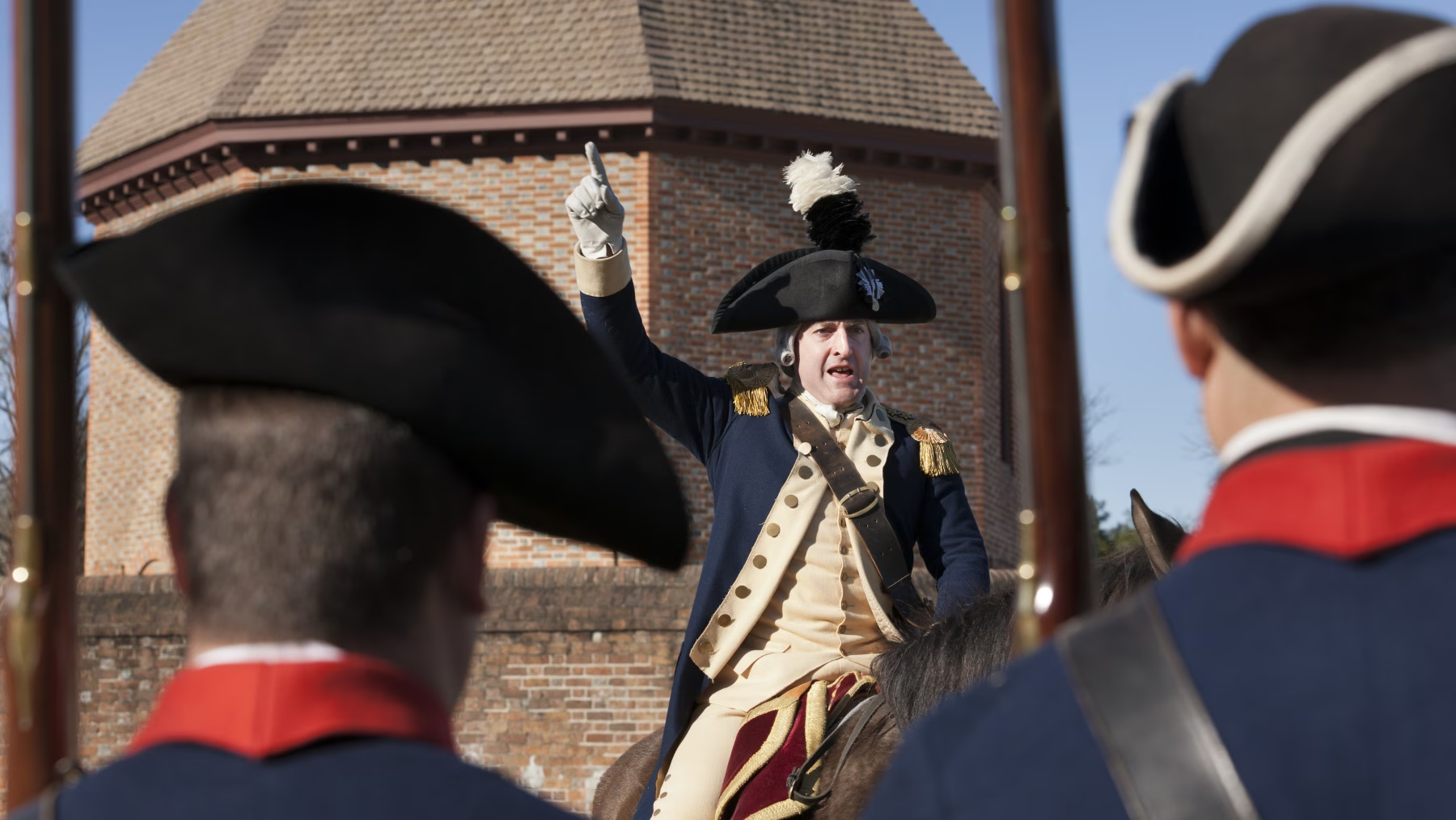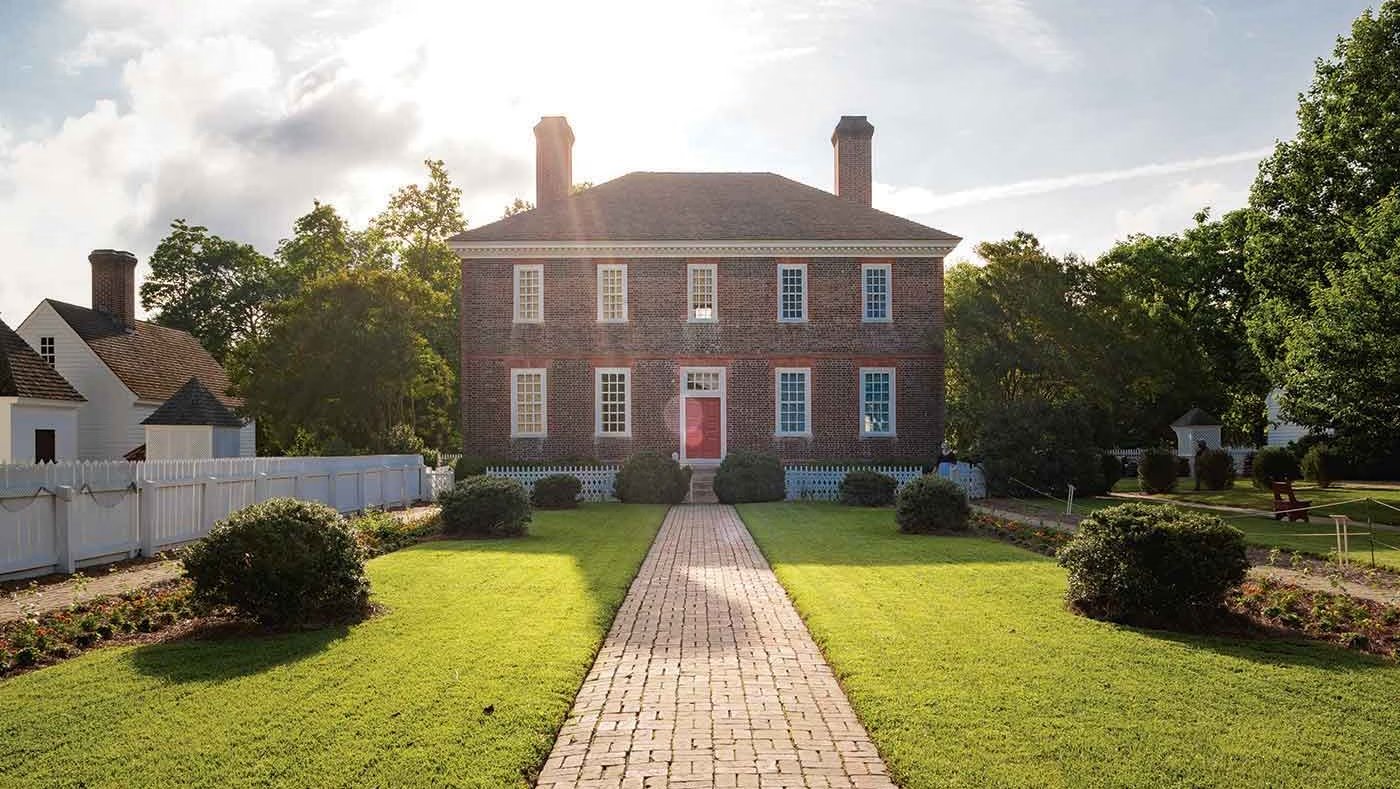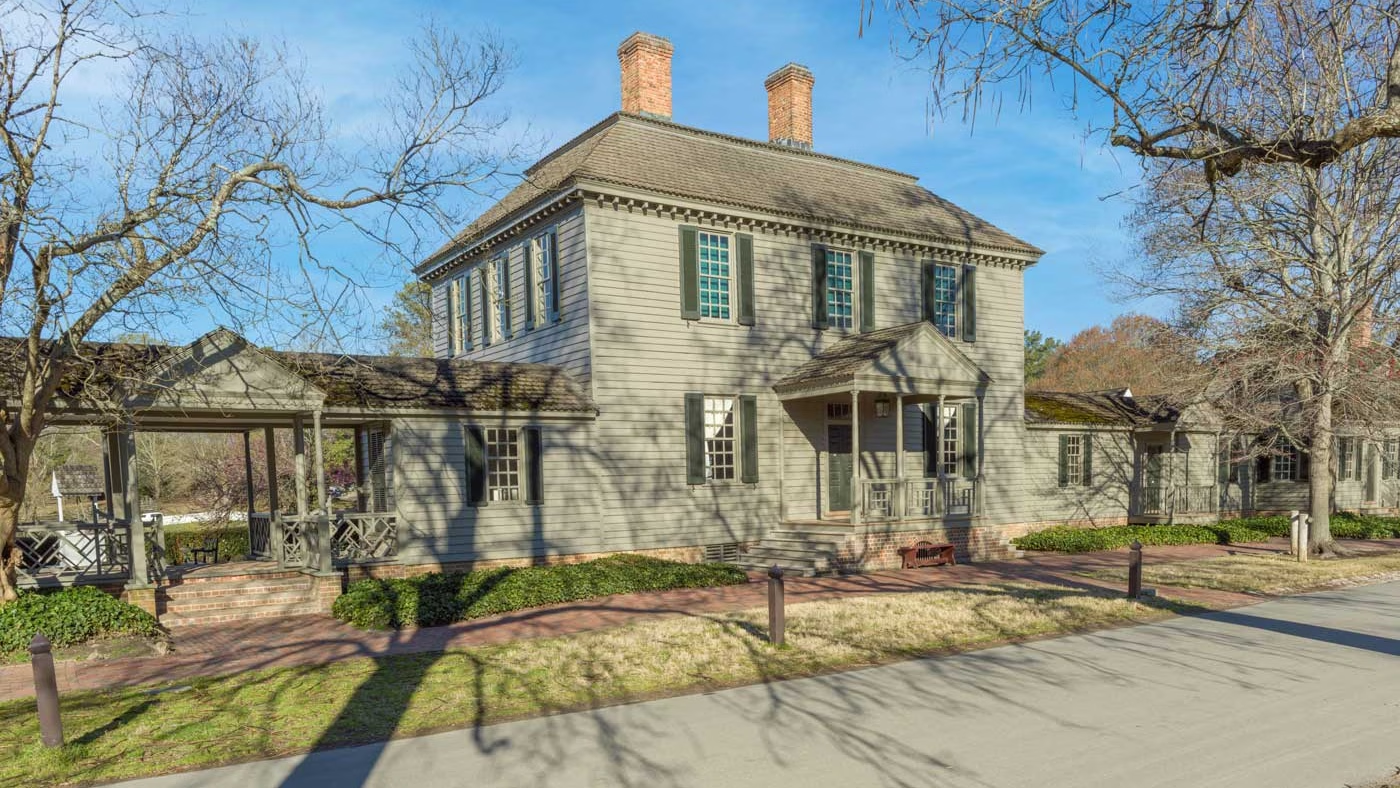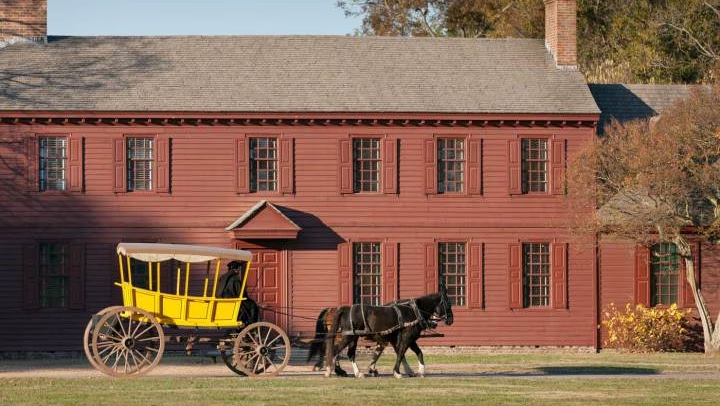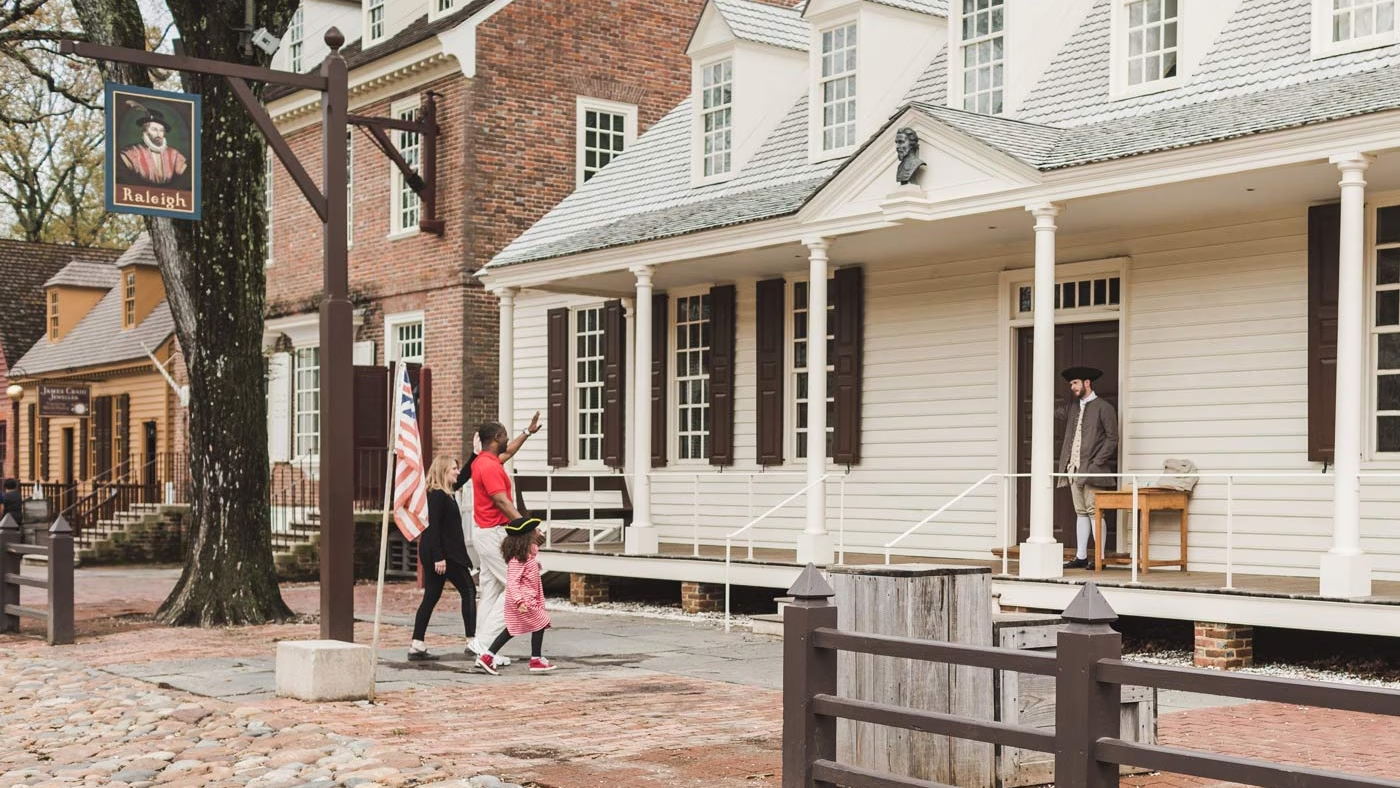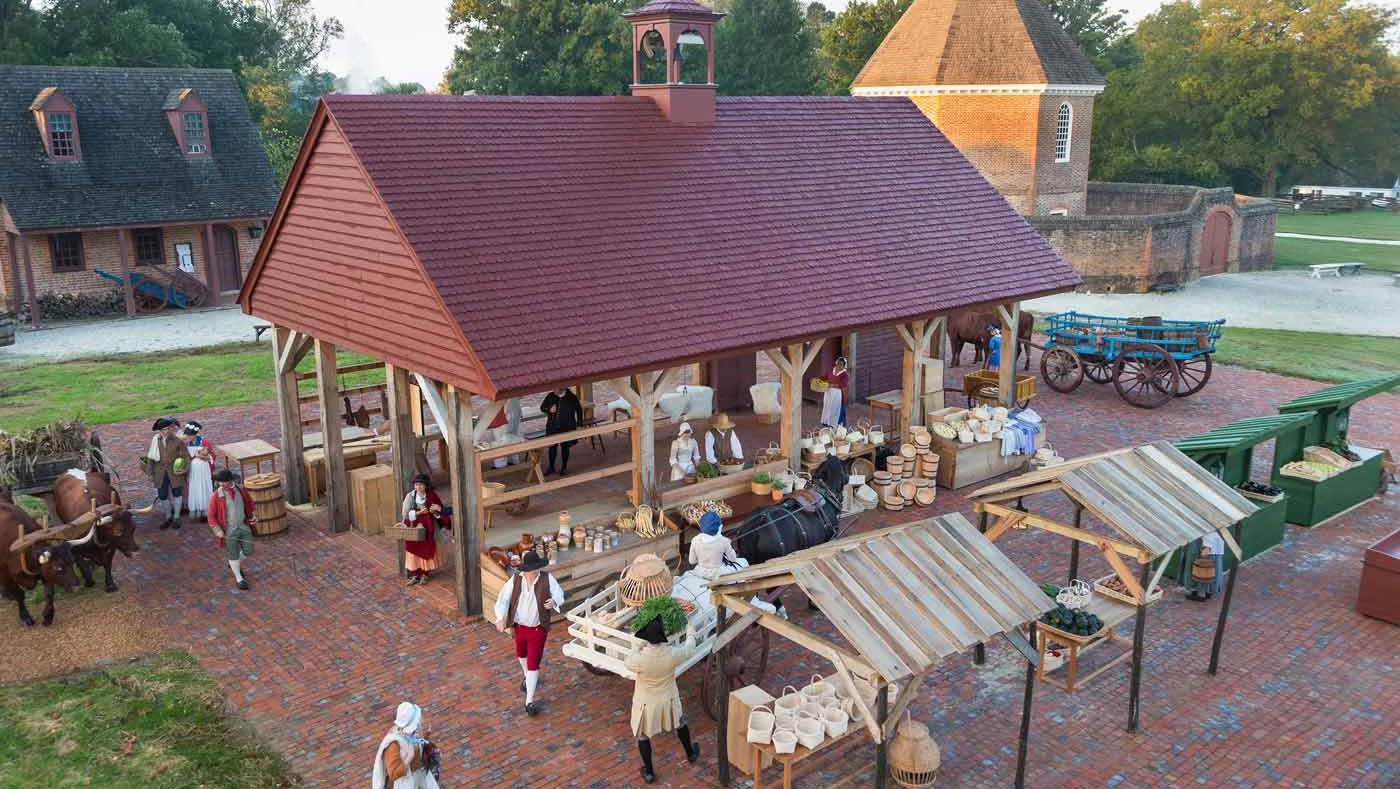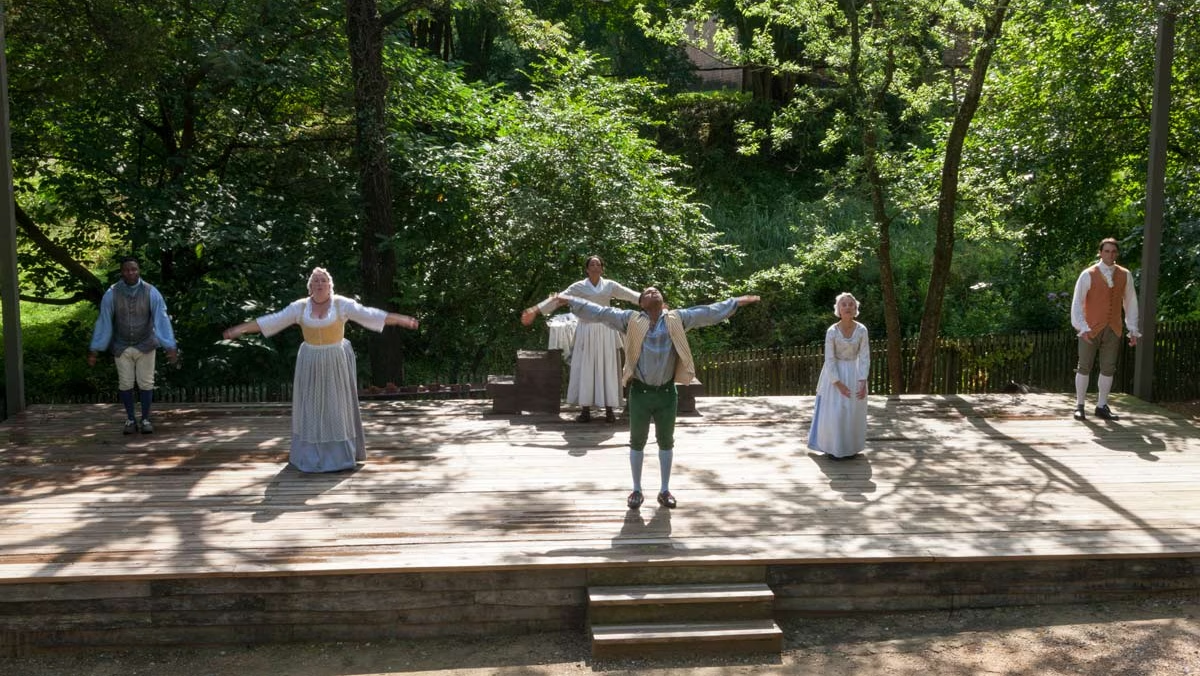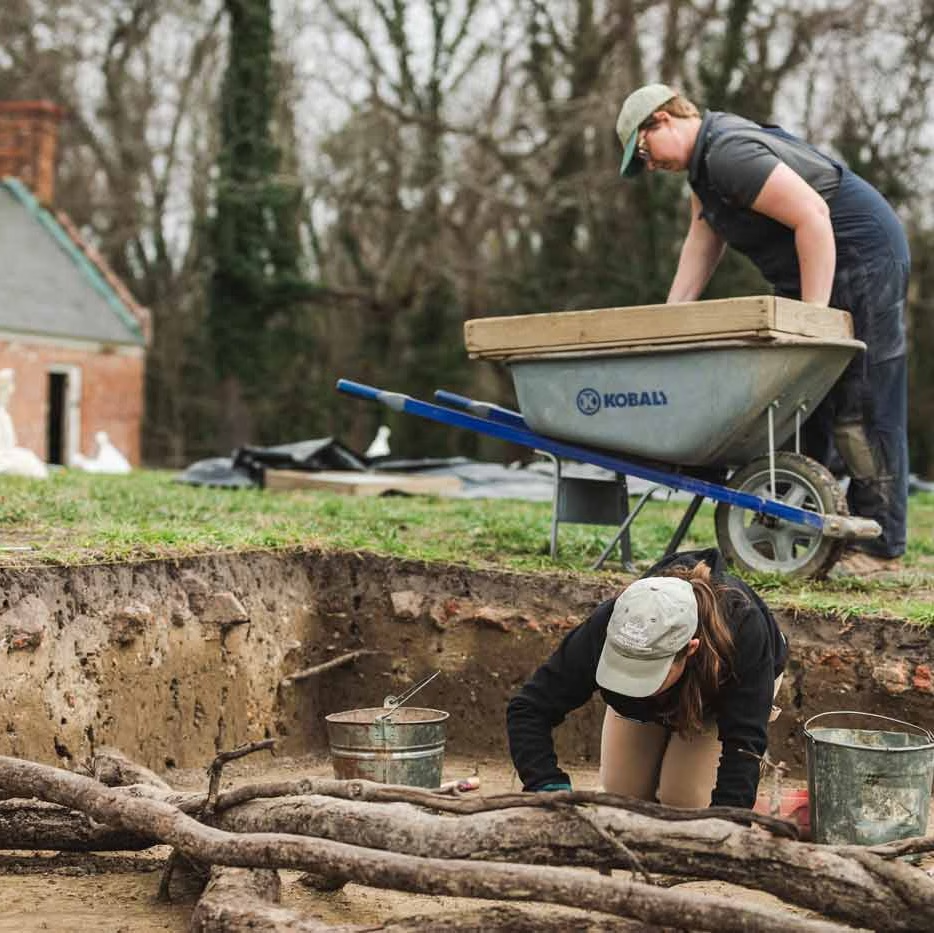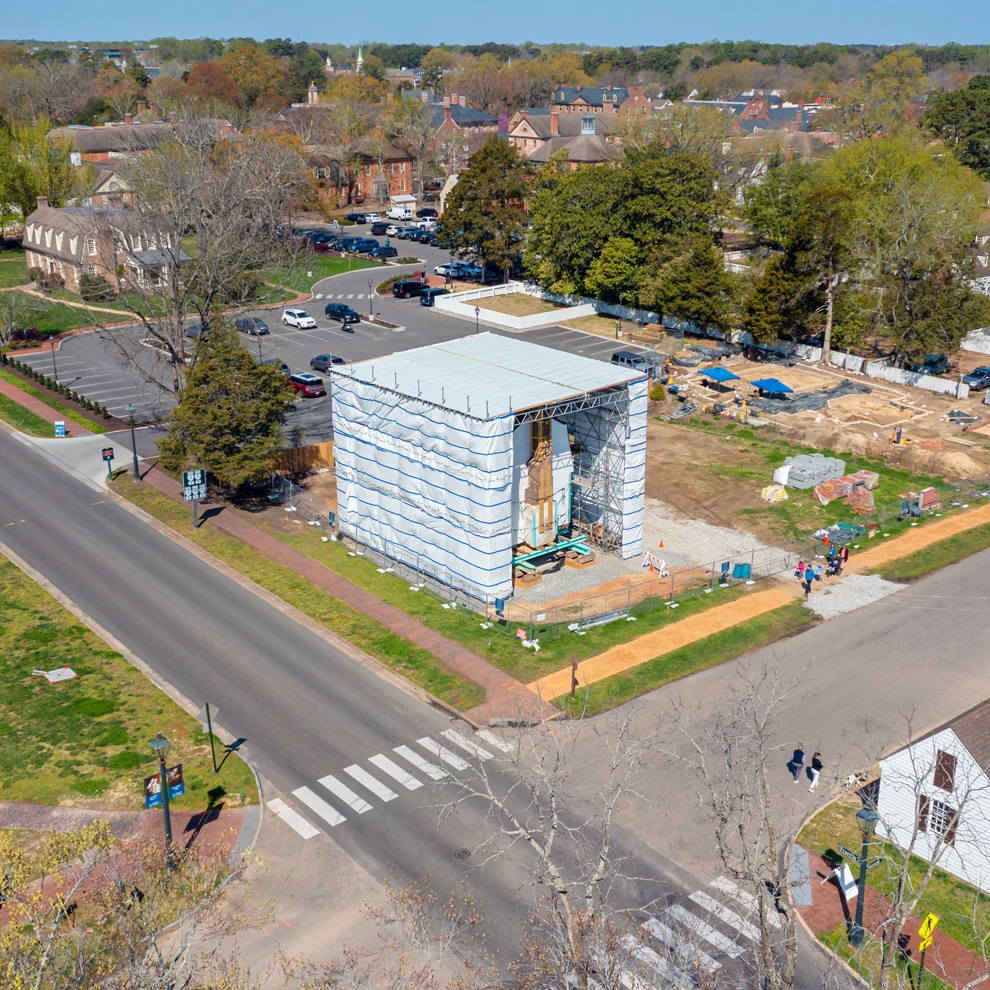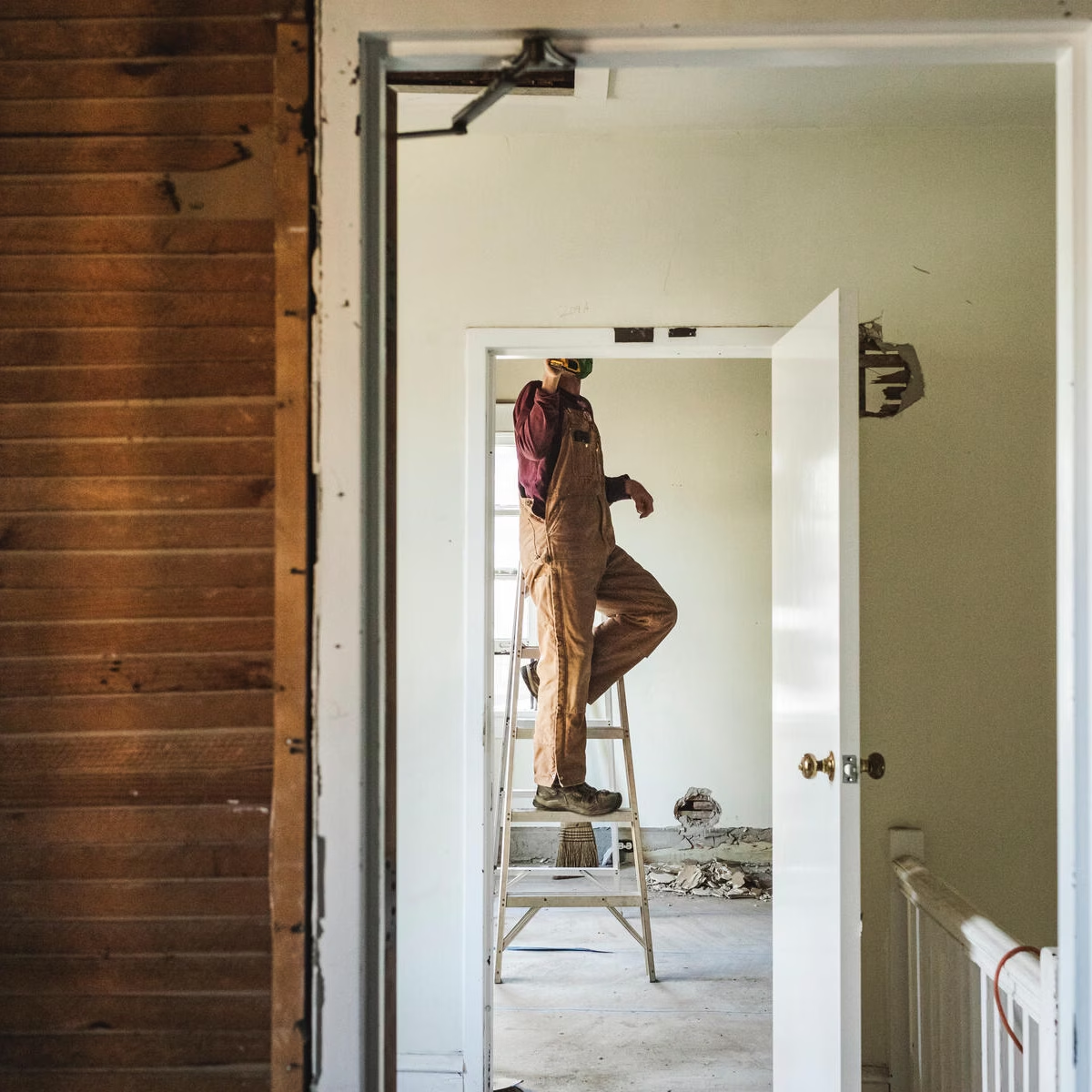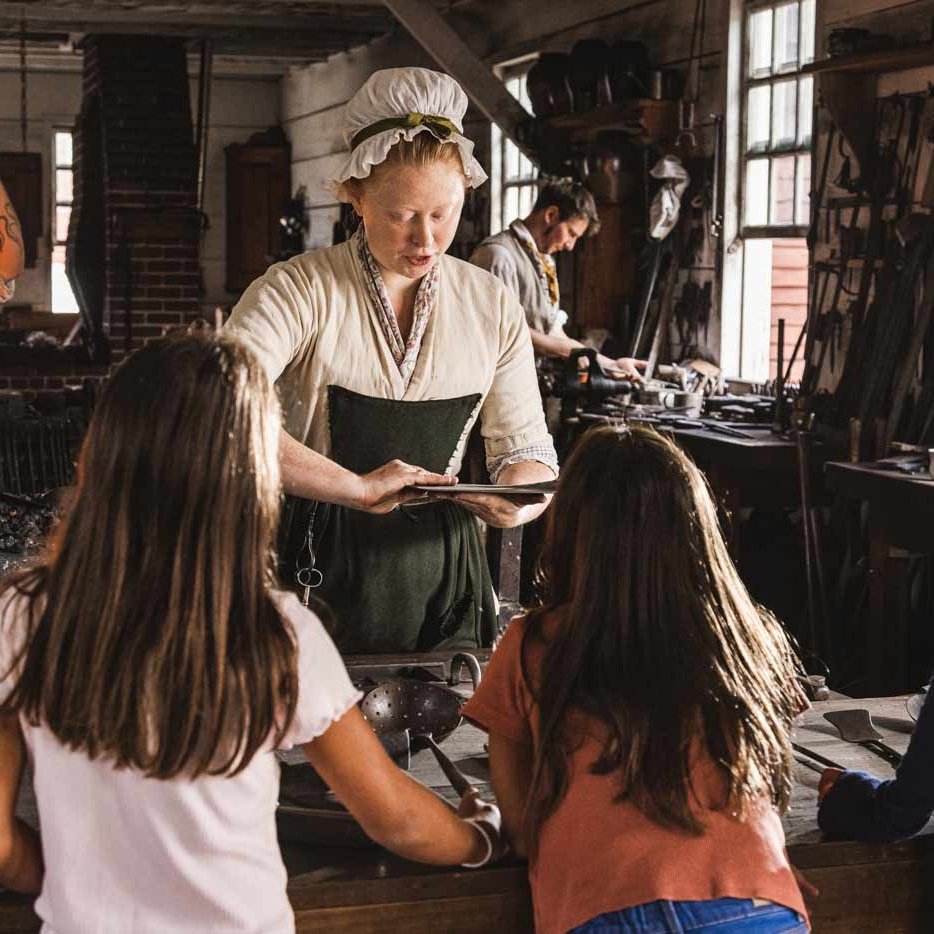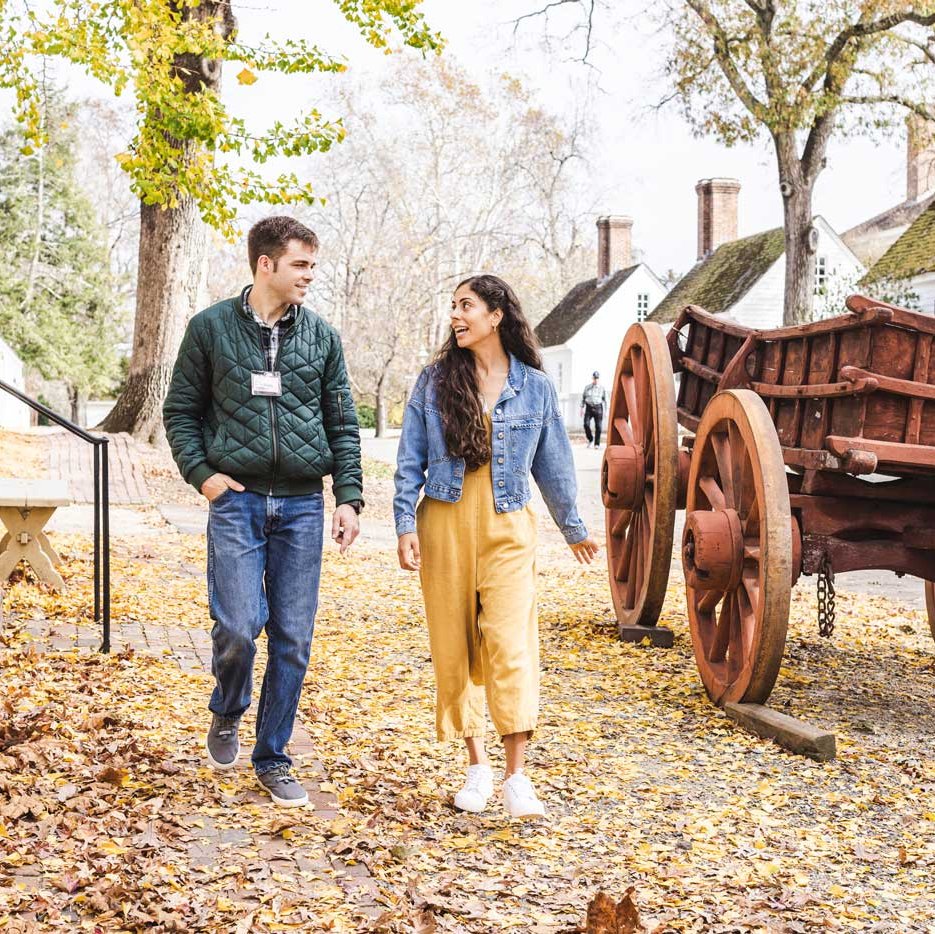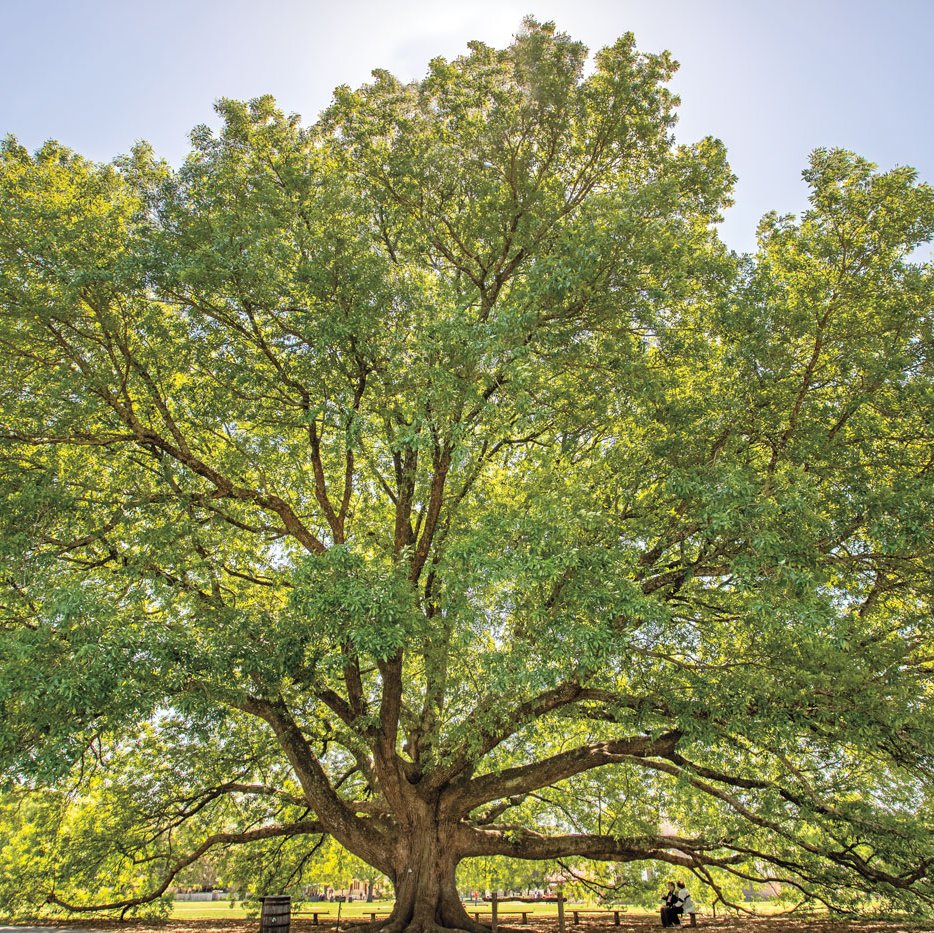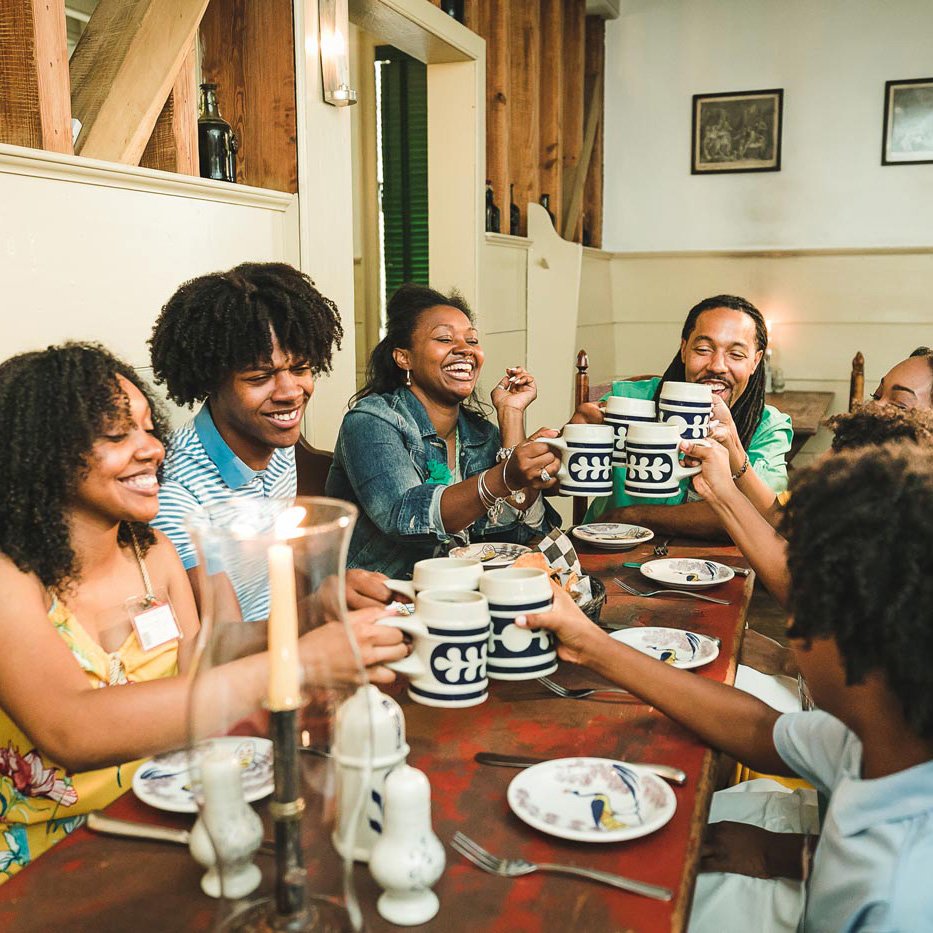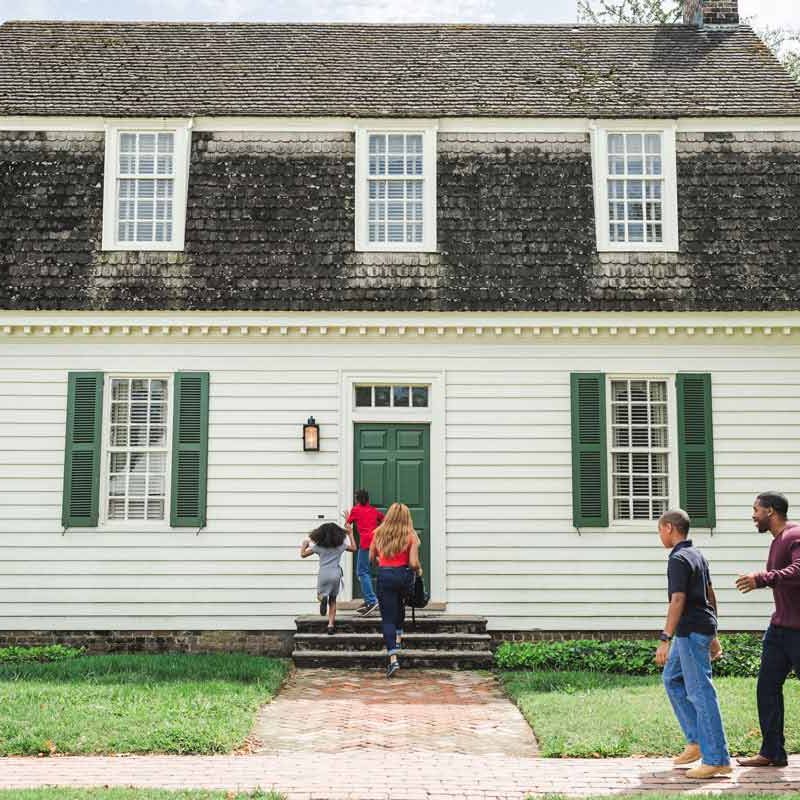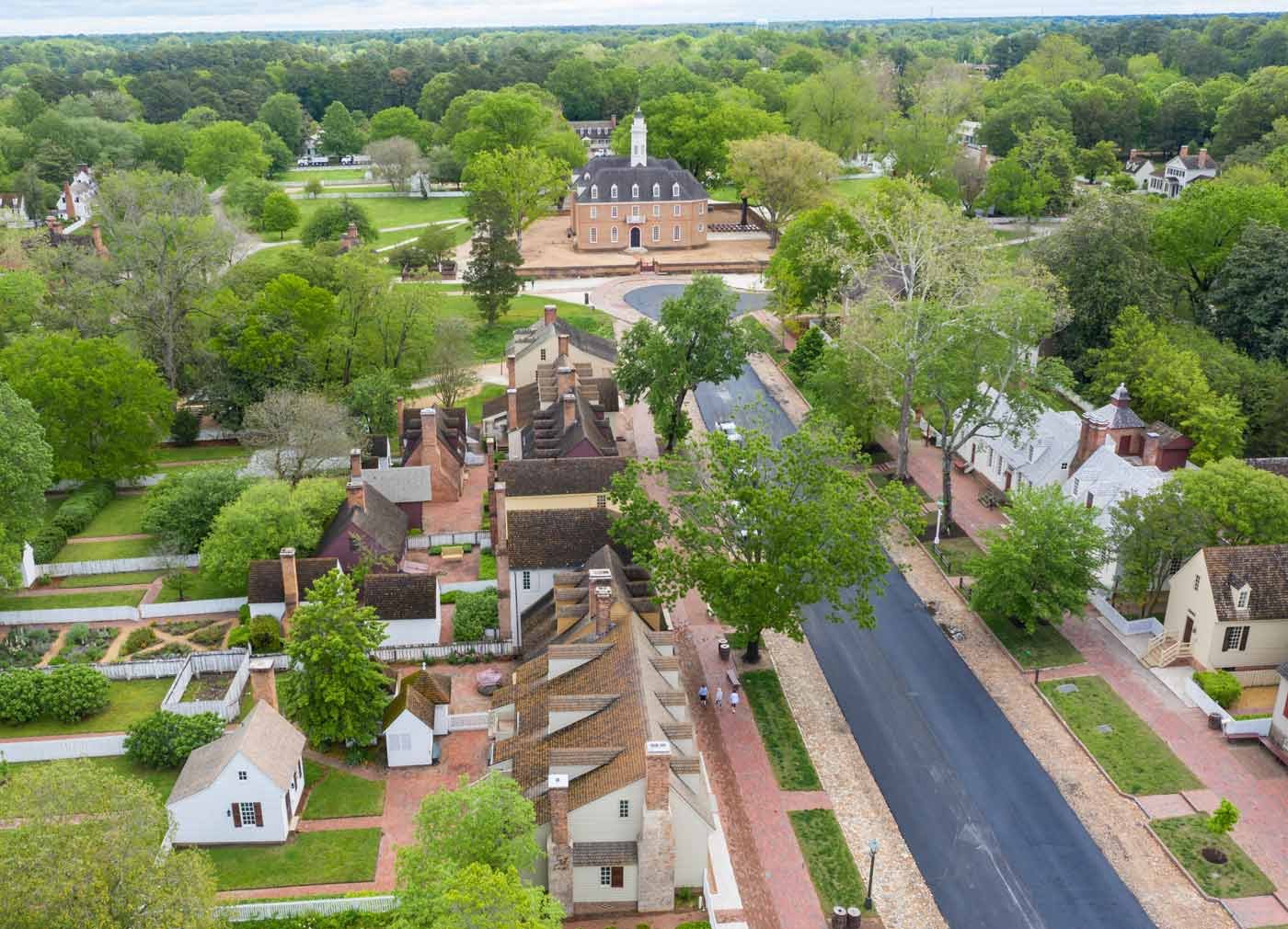
Historic Places
The Historic Area includes 89 original 18th-century buildings, as well as hundreds more buildings reconstructed based on historical records and archaeological research.
On This page
Our Sites
The Historic Area of Colonial Williamsburg recreates the atmosphere and lifestyle of Virginia’s colonial capital city. The Historic Area includes 89 original 18th-century buildings, as well as hundreds more buildings reconstructed based on historical records and archaeological research. Explore our community, interact with historic interpreters, and learn more about the daily lives of the diverse men and women who lived in Williamsburg before and during the American Revolution.
Government
Government Places
Explore sites where the founding principles of our government are established.
Visit Government Buildings
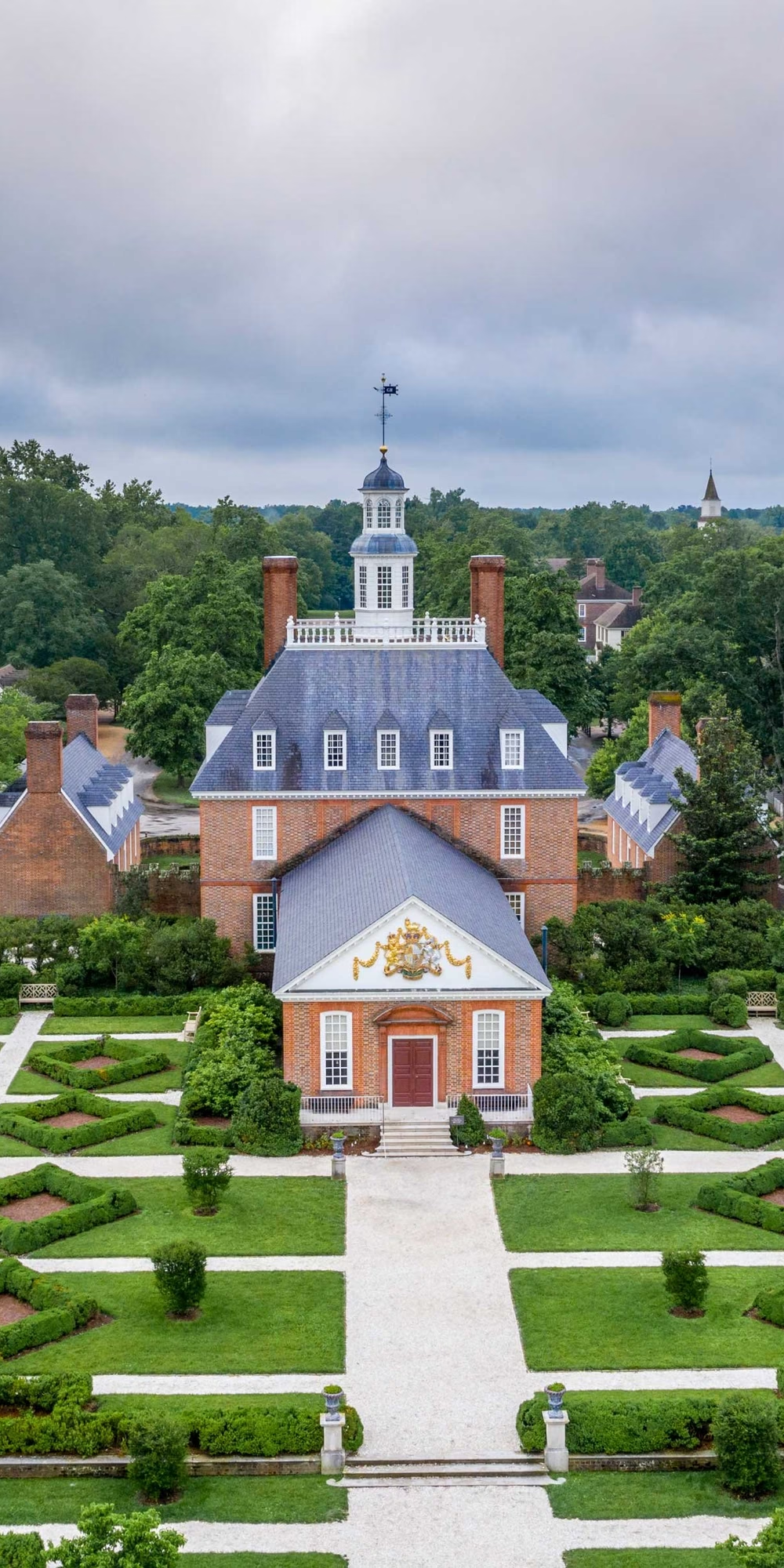
Governor's Palace
Governor's Palace
What was it like to be the governor of Virginia? What was it like to serve him? The Governor’s Palace was home to seven royal governors, Virginia’s first two elected governors, and hundreds of servants and enslaved people. It was built to display the colony’s wealth, power, and permanence.
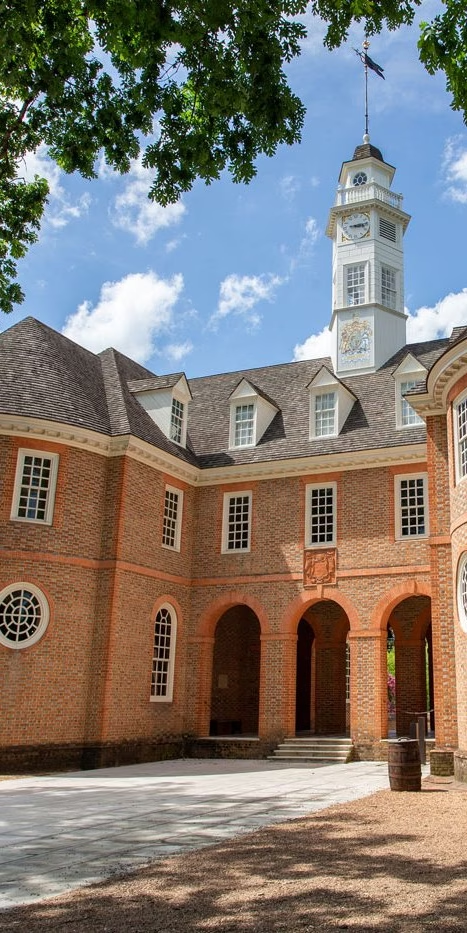
Capitol
Capitol
Williamsburg’s Capitol was the center of British authority in Virginia for most of the eighteenth century. It was where the people of Virginia passed laws, debated revolutionary ideas, appeared in court, and pled for emancipation. Today, you can visit the Capitol in Williamsburg for daily tours. If you’re not in Williamsburg, view our virtual tour of the building.
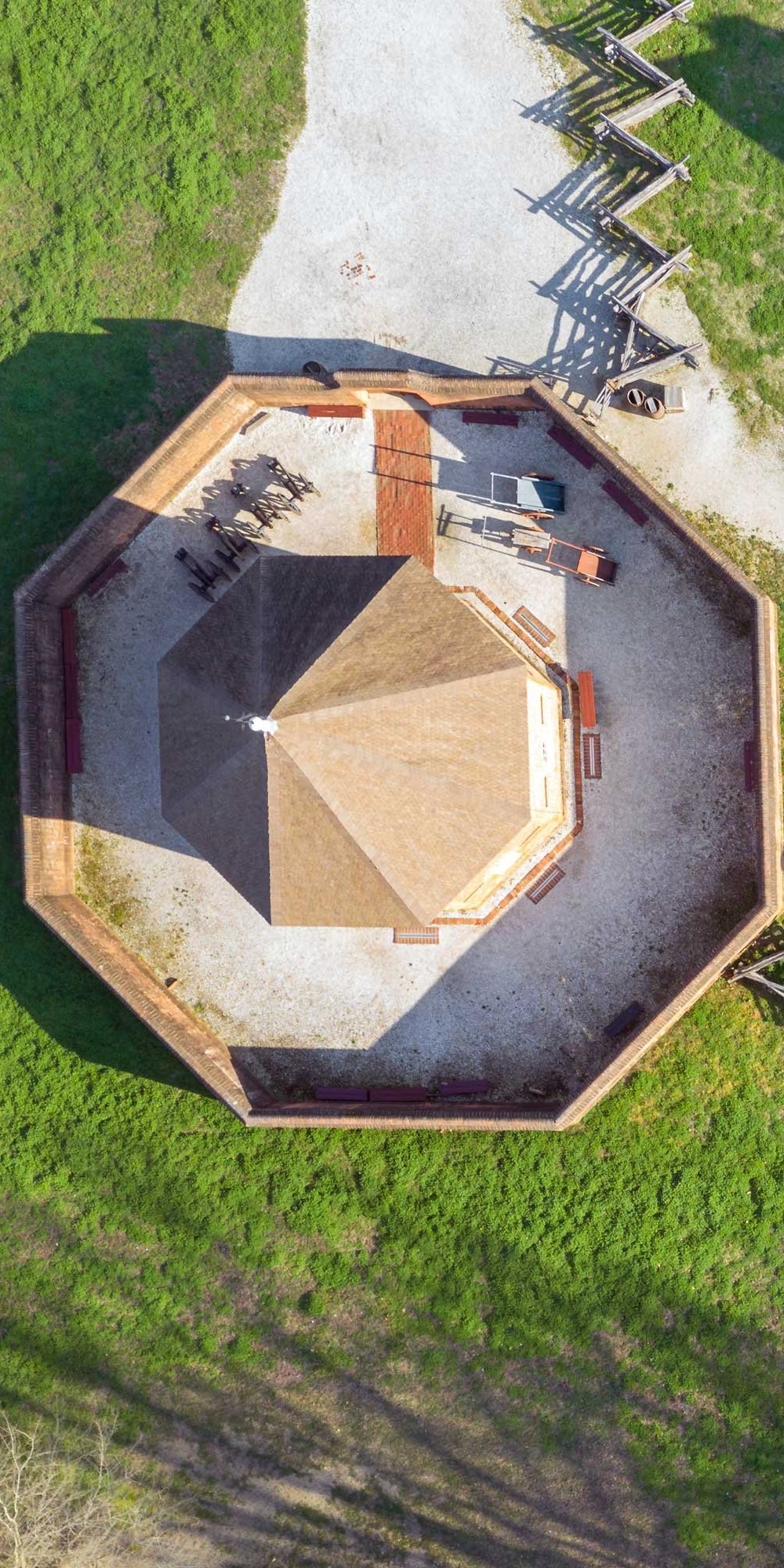
Powder Magazine
Powder Magazine
Temporarily closed for restoration. The Powder Magazine was constructed in 1715 as storage for the arms and ammunition dispatched from London for the defense of the colony. Just before the Revolution, it was the scene of a famous confrontation between Williamsburg residents and the royal governor, when his soldiers absconded with the colony's gunpowder. Check back for more information on the building reopening to the public.
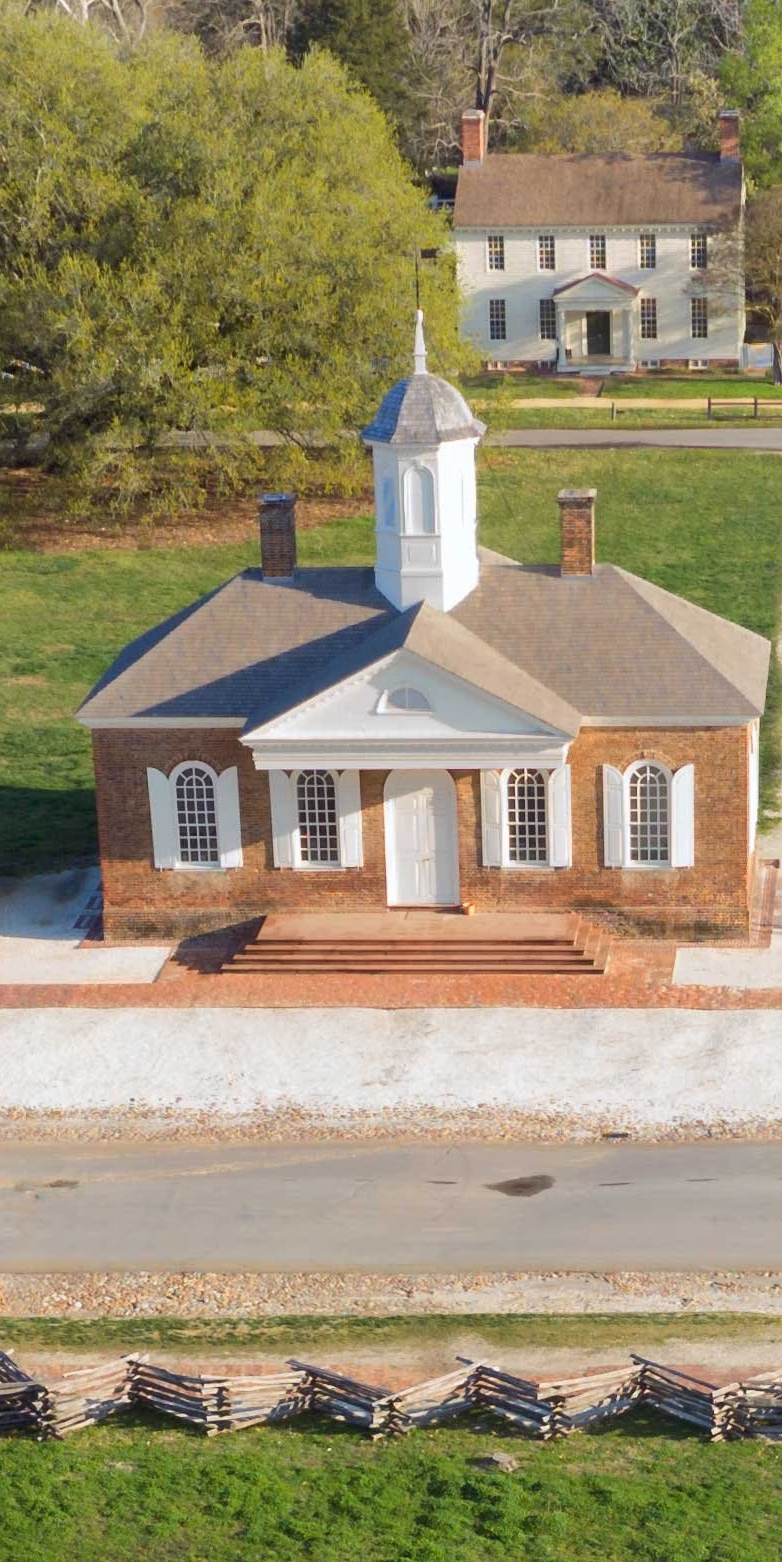
Courthouse
Courthouse
Experience justice in the 18th century in an original building. Discover how the courthouse connects colonists to their community.
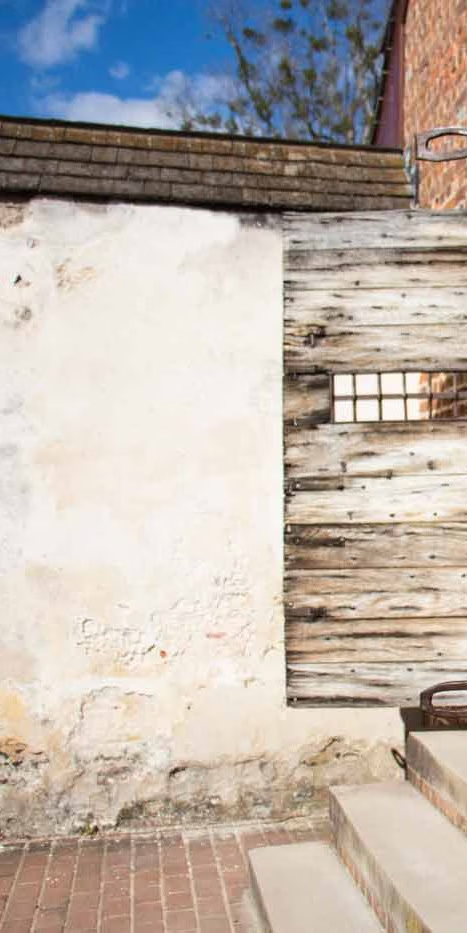
Public Gaol (Jail)
Public Gaol (Jail)
Thieves, enslaved runaways, debtors, and political prisoners once paced the cells of the Public Gaol as they waited to be tried—or hanged. Perhaps the Gaol's most notorious inmates were several pirates who had served under Blackbeard and were captured with him in 1718. Enjoy a self-guided exploration of the cells where prisoners were held as they awaited trial and punishment.
Homes
Family Homes
Visit the homes of the diverse community of 18th-century Williamsburg.
Discover Houses in Williamsburg
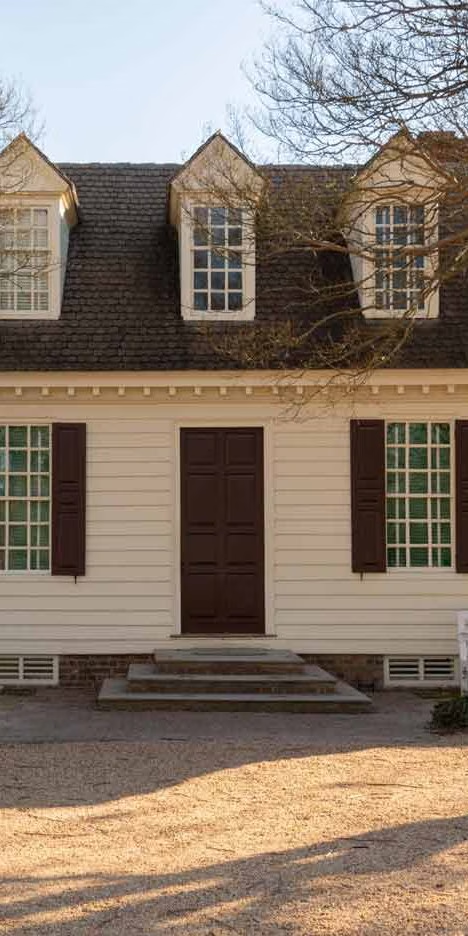
Everard House
Everard House
Visit the home of Thomas Everard, a wealthy planter and civic leader. One of the oldest houses in Williamsburg, the Everard House is furnished with 18th-century antiques and was meticulously restored to its early appearance.
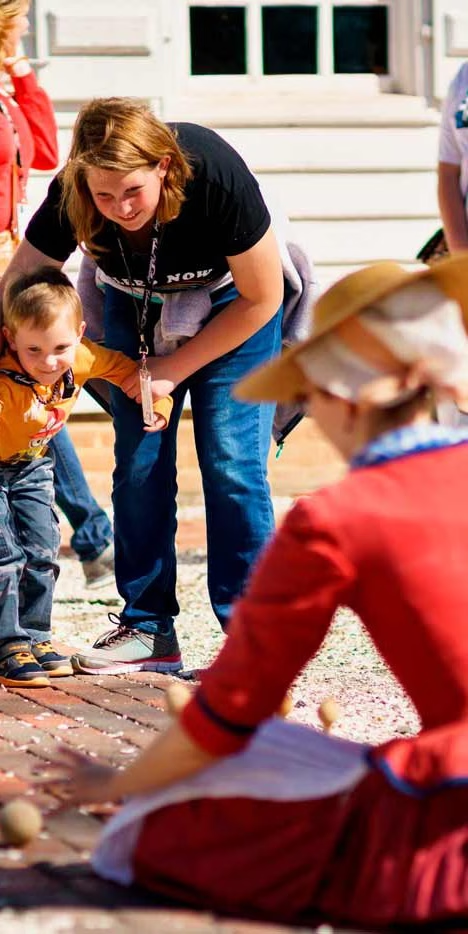
James Geddy House
James Geddy House
In the eighteenth century, the Geddy house would have been full of children laughing, learning, and playing. The Geddy family moved to Virginia from Scotland sometime in the early eighteenth century. James Geddy Sr. was a gunsmith who also worked with iron and brass. James and his wife Anne had eight children. After James Sr.’s death, his son James Geddy Jr. purchased this lot from his mother and built the home that still stands there. He conducted his successful silversmith and jewelry business there, while his brothers continued to work on their father’s foundry. With his wife Elizabeth, James Jr. had five children: Mary, Anne (known as Nancy), William Waddill, James, and Elizabeth.
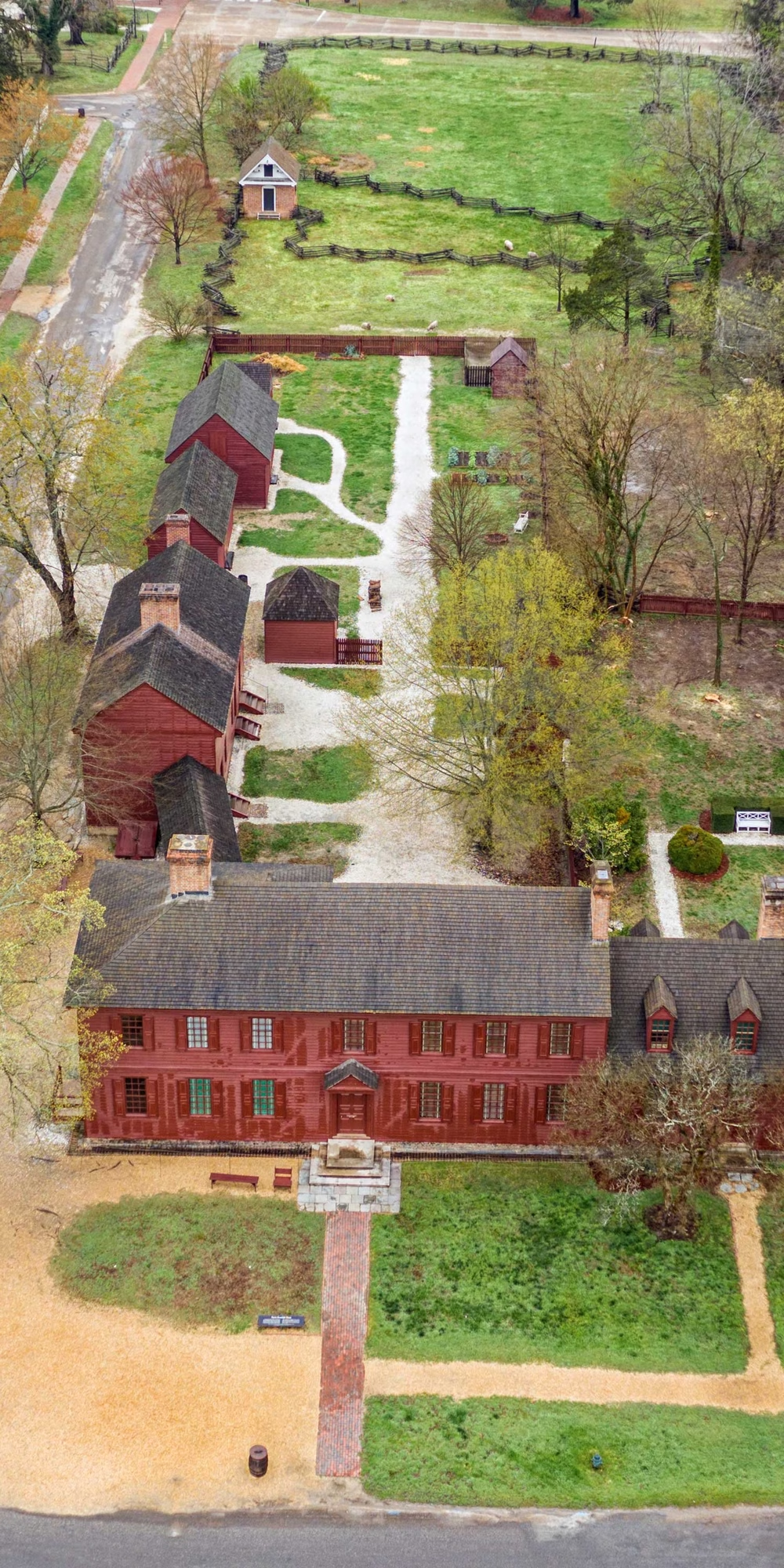
Peyton Randolph House
Peyton Randolph House
Peyton Randolph House
Explore the Randolph property, home to 27 enslaved people and the Randolph family. Learn more about the paradox of American slavery and how the household's enslaved members reaffirmed their humanity daily while surrounded by the calls for freedom and revolution by those who owned them. Explore some of the places where the enslaved people lived and worked on the property of the President of the First Continental Congress. Tours every 15 minutes.
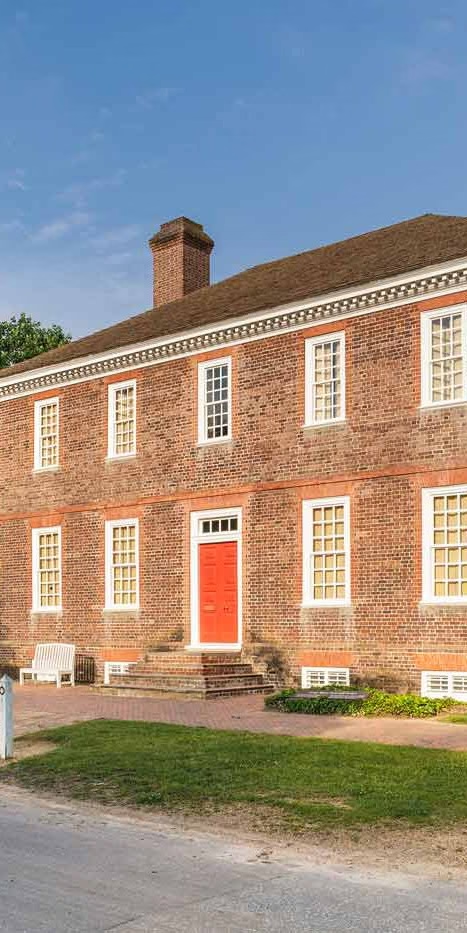
George Wythe House
George Wythe House
George Wythe House
Explore the Wythe House and its yard. Discuss Enlightenment thinking and the ideas that shaped the Revolution, as well as the ways that free and enslaved people on the property engaged with those ideas.
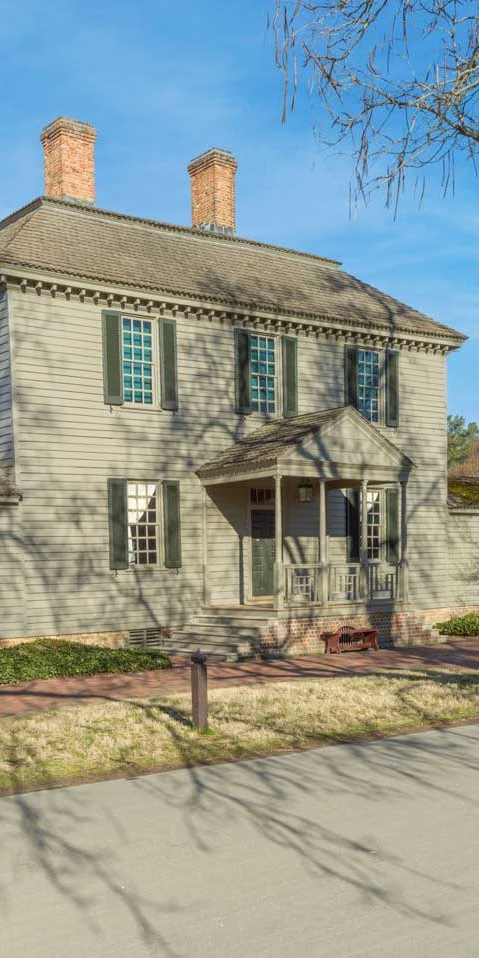
Robert Carter House
Robert Carter House
Robert Carter House
At this unfurnished 18th-century house, discover Colonial Williamsburg’s multifaceted investigative processes used to document, understand, preserve, and furnish this historic site. Explore the life and history of the Robert Carter family and the enslaved and free individuals who worked and labored here.
You can Stay in a Colonial House
With one of our more than 20 Colonial Houses all to yourself, enjoy the privacy, position in the Historic Area, and, in some cases, a cozy canopy bed, crackling fireplace, and a full kitchen for a home-like feel.
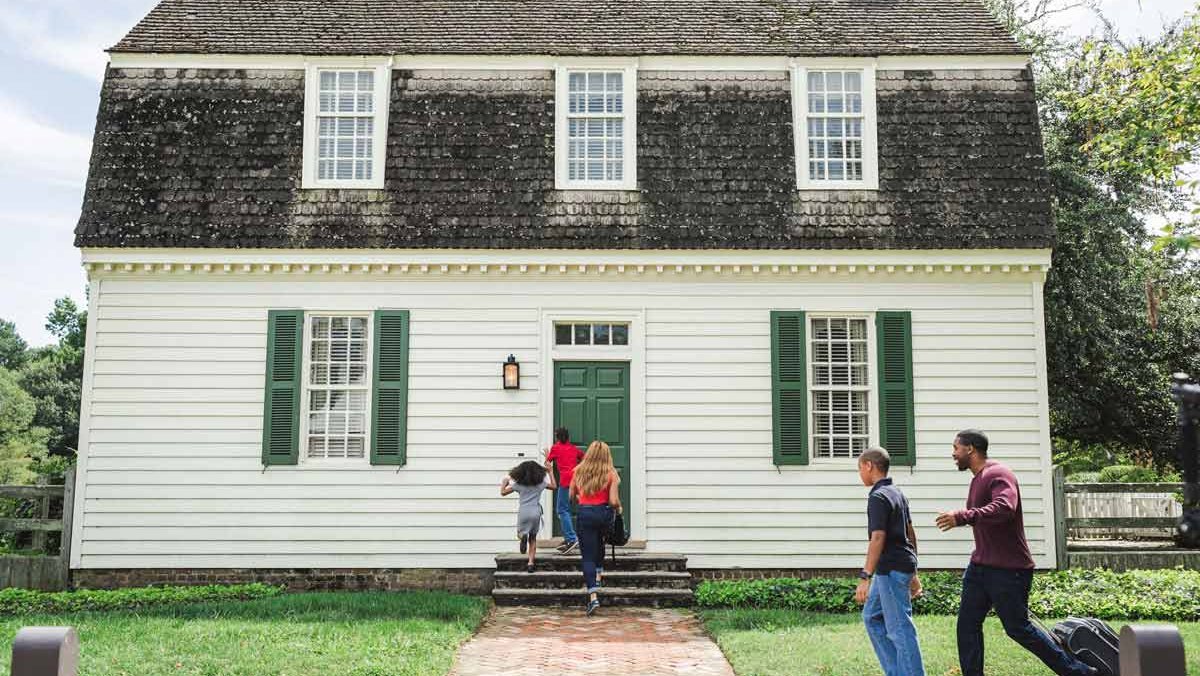
Community
Community Sites
Throughout the city, explore places where members of the founding generation gather to participate in day-to-day life.
Explore the Community
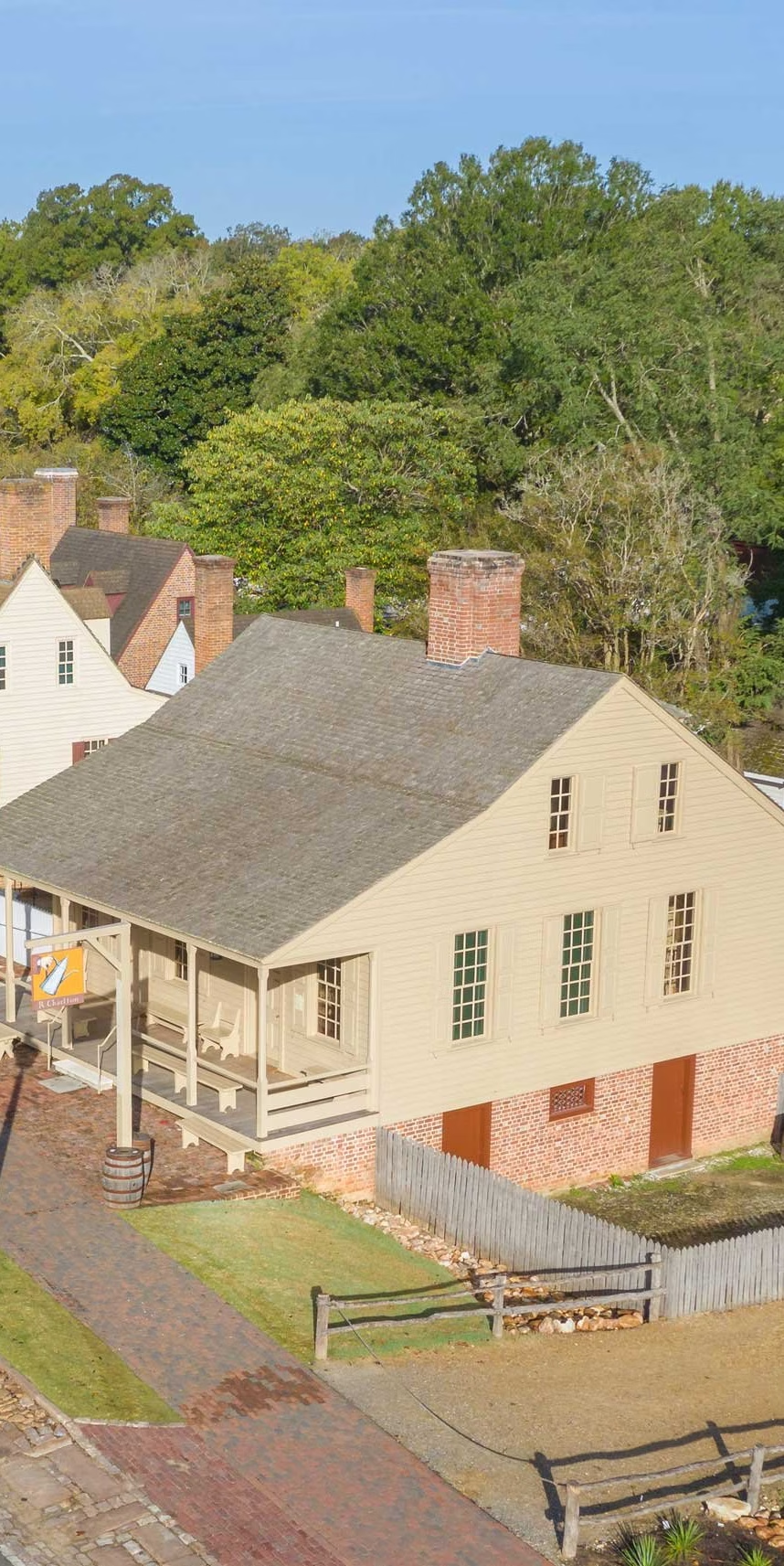
Charlton's Coffeehouse
Charlton's Coffeehouse
Step back into the time of the Stamp Act and learn about the fashionable world of the coffeehouse, where Williamsburg's citizens and visitors met to share news, transact business, and debate politics.
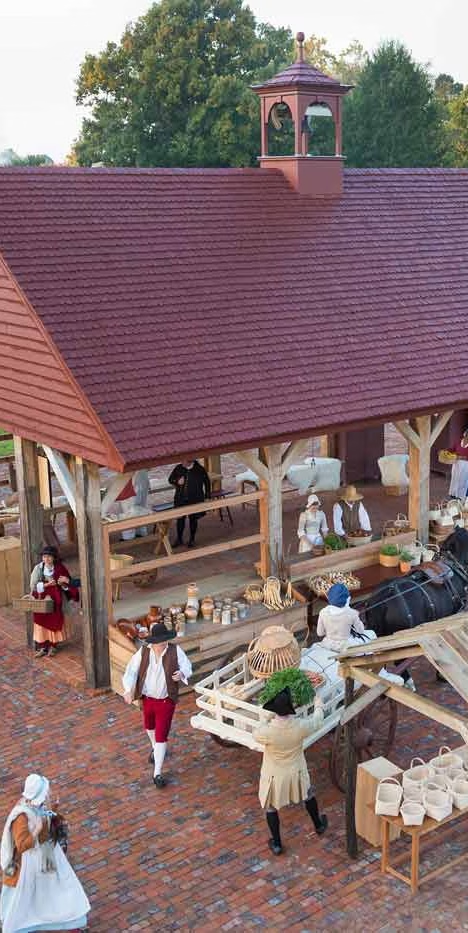
Market Square
Market Square
As in the 18th century, Market Square is a hub of activity. Walk in the steps of Nation Builders as you observe a militia review. Do some shopping at the 18th-century Market House. Listen as a proclamation is read from the Courthouse steps, or simply watch the people passing by.
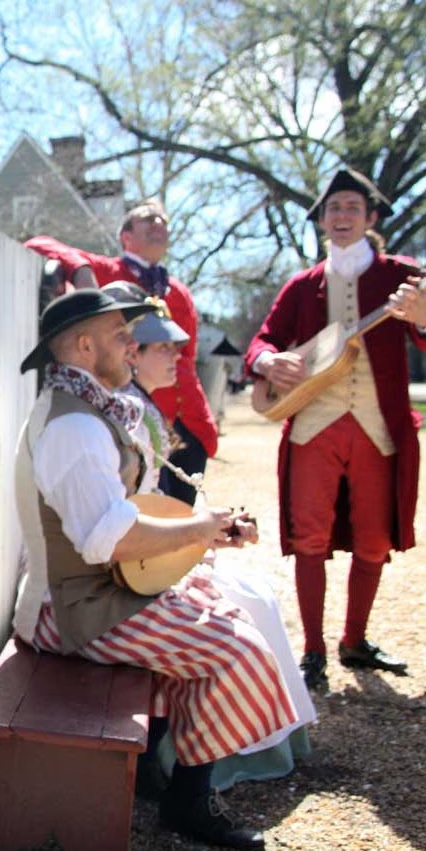
Play House Stage
Play House Stage
The American colonies' first purpose-built theater opened on this site before 1720. Today, you can take in a lively performance by the Play House Players on an open-air stage. See the calendar of events for a schedule of musical and theatrical entertainment.
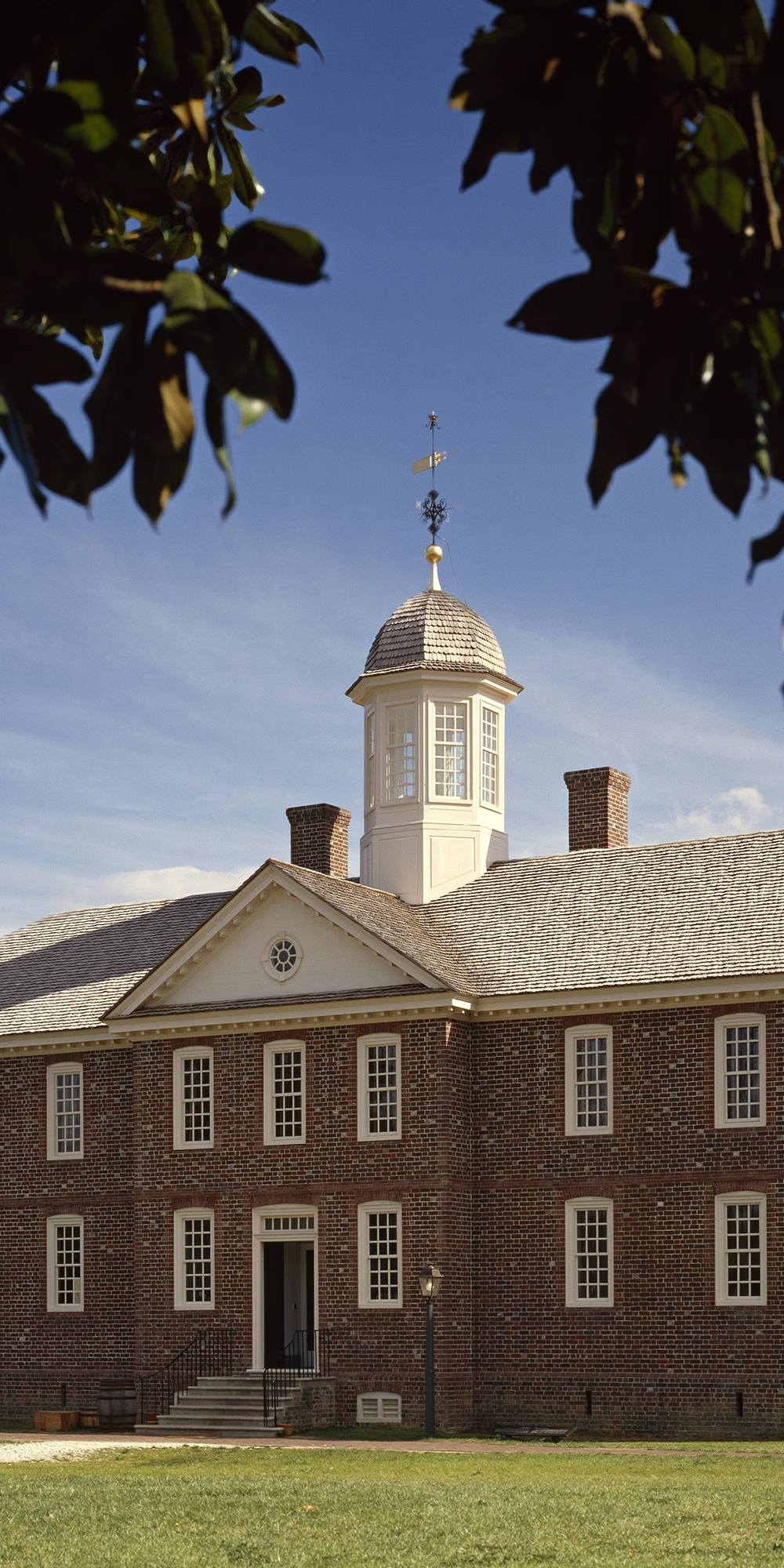
The Public Hospital of 1773
The Public Hospital of 1773
The first American hospital devoted exclusively to treating the mentally ill. The Public Hospital of Williamsburg (also known as Eastern State Hospital or Eastern Lunatic Asylum) was first proposed to the Virginia House of Burgesses by Francis Fauquier in 1766 and admitted its first patient on October 12, 1773. Changes in how the British public perceived mental illness and political and economic goals within the colony drove Virginia leaders to establish this institution.
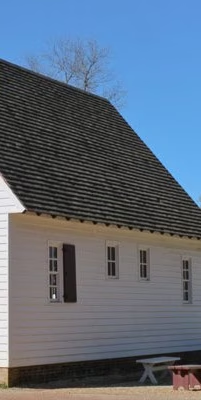
Presbyterian Meetinghouse
Presbyterian Meetinghouse
At a time when only the Anglican Church was Virginia's official religion, what did everyone else do on Sunday? Although Catholics and other non-Protestants were denied religious freedom, the government allowed many dissenting Protestants to worship in meetinghouses like this one.
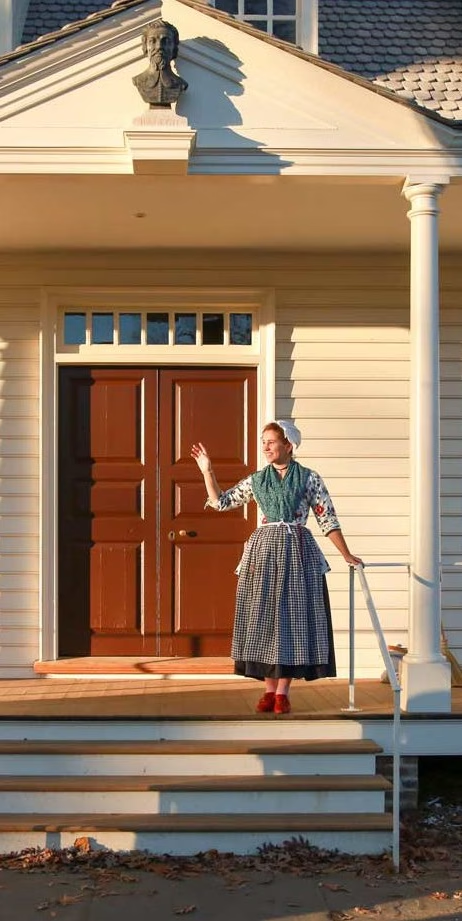
Raleigh Tavern
Raleigh Tavern
The Raleigh Tavern was the stage for much of Virginia’s revolutionary drama. Some of the American Revolution’s most fateful conversations happened in the building’s Apollo Room. As you tour this site, you will learn about the extraordinary events that took place here, as well as about the rhythms of life inside an eighteenth-century tavern. Established around 1717, the Raleigh Tavern was a mainstay of Williamsburg’s Duke of Gloucester Street.
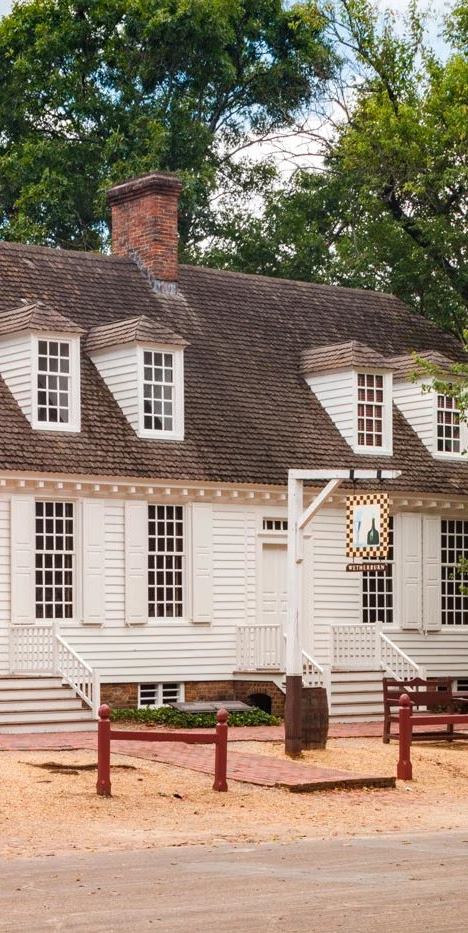
Wetherburn's Tavern
Wetherburn's Tavern
Merriment and conviviality were specialties of the house at Wetherburn's Tavern. Get a glimpse into the private lives of Henry Wetherburn, his family, and his enslaved peoples, who made the tavern one of the most successful of the 1750s. The tavern and the dairy out back are both original buildings.
New Discoveries
Preserving the Past
Experts across the Foundation continue researching our past to better inform our future. Archaeologists, preservationists, researchers, and historians work to expand our knowledge of 18th-century life and, in doing so, have discovered new sites for you to explore soon.
Explore Ongoing Projects
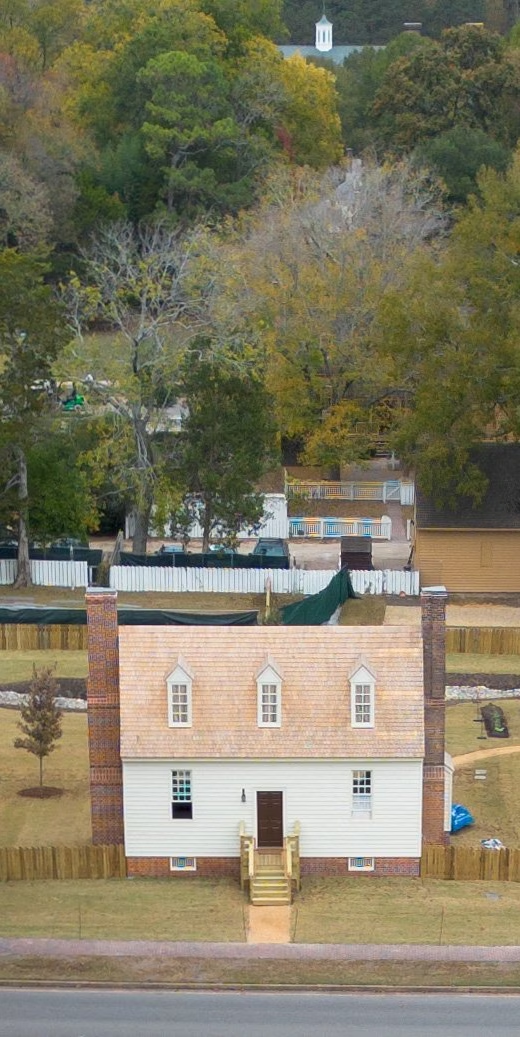
Williamsburg Bray School
Williamsburg Bray School
The Williamsburg Bray School was one of the earliest institutions dedicated to Black education in North America. From 1760 to 1774, teacher Ann Wager likely taught hundreds of students between the ages of three and ten. Students learned the tenets of the Anglican Church and subjects including reading, and for girls, sewing. The Bray School’s deeply flawed purpose was to convince enslaved students to accept their circumstances as divinely ordained. Hidden in plain sight on the William & Mary campus for over 200 years, the Williamsburg Bray School now stands in Colonial Williamsburg’s Historic Area as the Foundation’s 89th original structure.
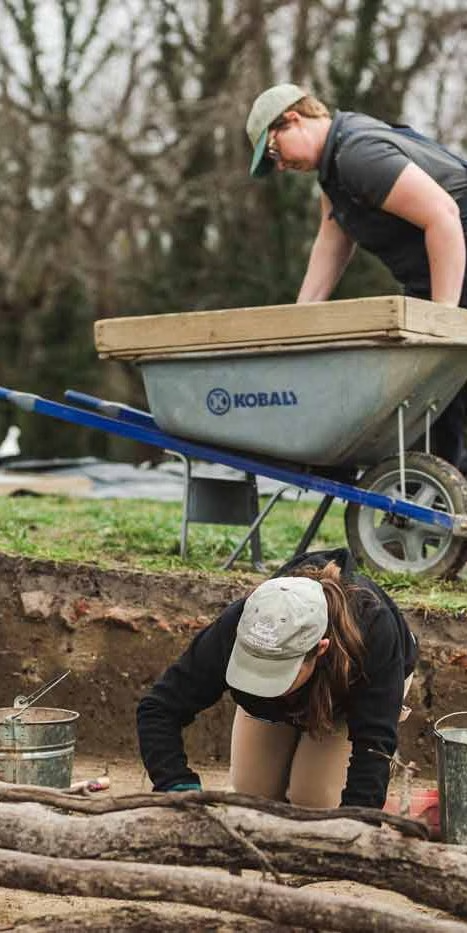
Custis Square Site
Custis Square Site
Come and see what's new at Custis Square! Archaeologists are in the midst of a five-year project investigating the Williamsburg home of Virginia plantation owner and statesman John Custis IV. Visit the archaeological site, see artifacts as they're being discovered, and talk with experts in the field. While you visit you'll learn about the property's history, from Custis' purchase of the land in the early 18th century to its tenure as a recreation space for patients of the Eastern State Public Hospital. Stop by and find out what archaeology can tell us about Custis Square and the people who lived there! This self-guided program is open to visitors of all ages, but children must be accompanied by an adult. Guests may enter the site at the corner of Nassau and Francis Streets. Weather dependent. The terrain is grassy and may be difficult to access by wheelchair.
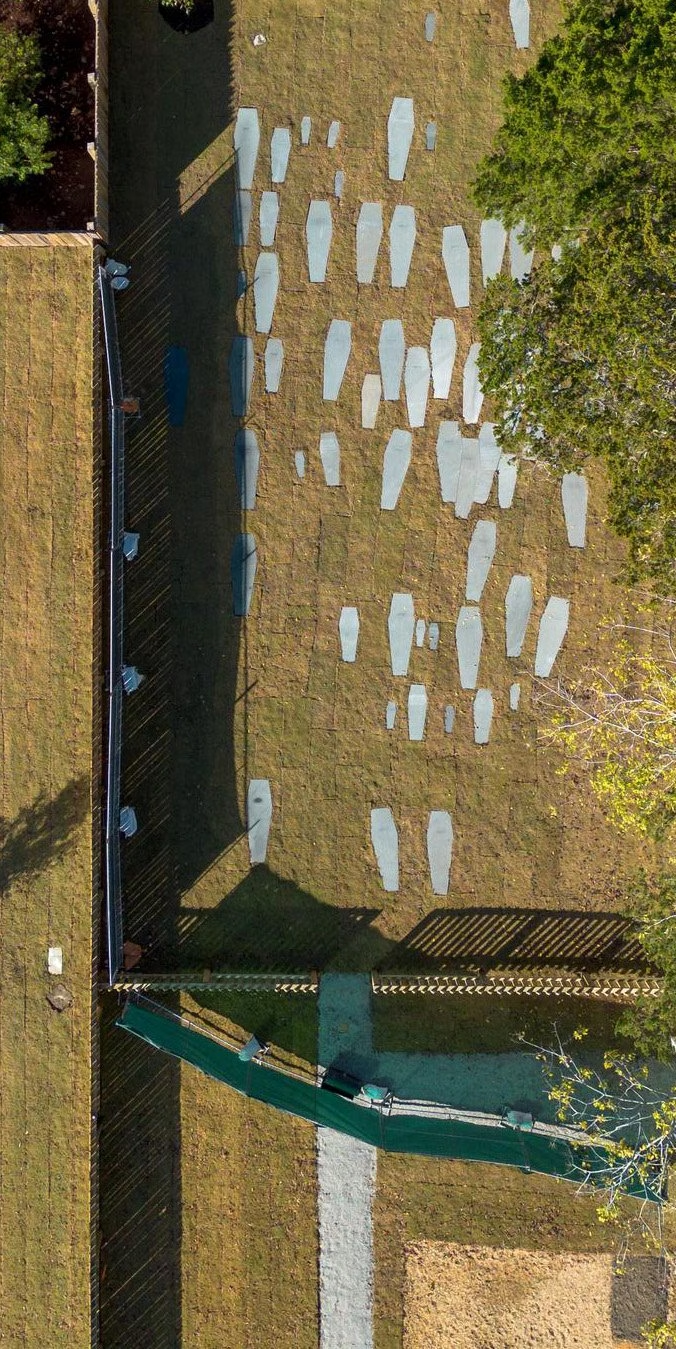
African Baptist Meeting House and Burial Ground
African Baptist Meeting House and Burial Ground
African Baptist Meeting House and Burial Ground
The African Baptist Meeting House and Burial Ground was the original permanent location of the First Baptist Church, one of the earliest African American congregations in the United States. A congregation of enslaved and free people of African descent worshipped, built a community, and buried family members at this Nassau Street site. Following Colonial Williamsburg’s purchase and removal of the church, the congregation relocated to Scotland Street, where its members have worshipped since 1956. In partnership with the First Baptist Church of Williamsburg and the Let Freedom Ring Foundation, Colonial Williamsburg has engaged in a multi-year project to excavate, study, and reconstruct this important historic site.
New Discoveries Everyday
Research, conservation and historic preservation lie at the heart of Colonial Williamsburg’s mission to present the stories of America’s origins. Every day, these investigations of the past reveal new facts that facilitate our understanding of this nation’s beginnings.
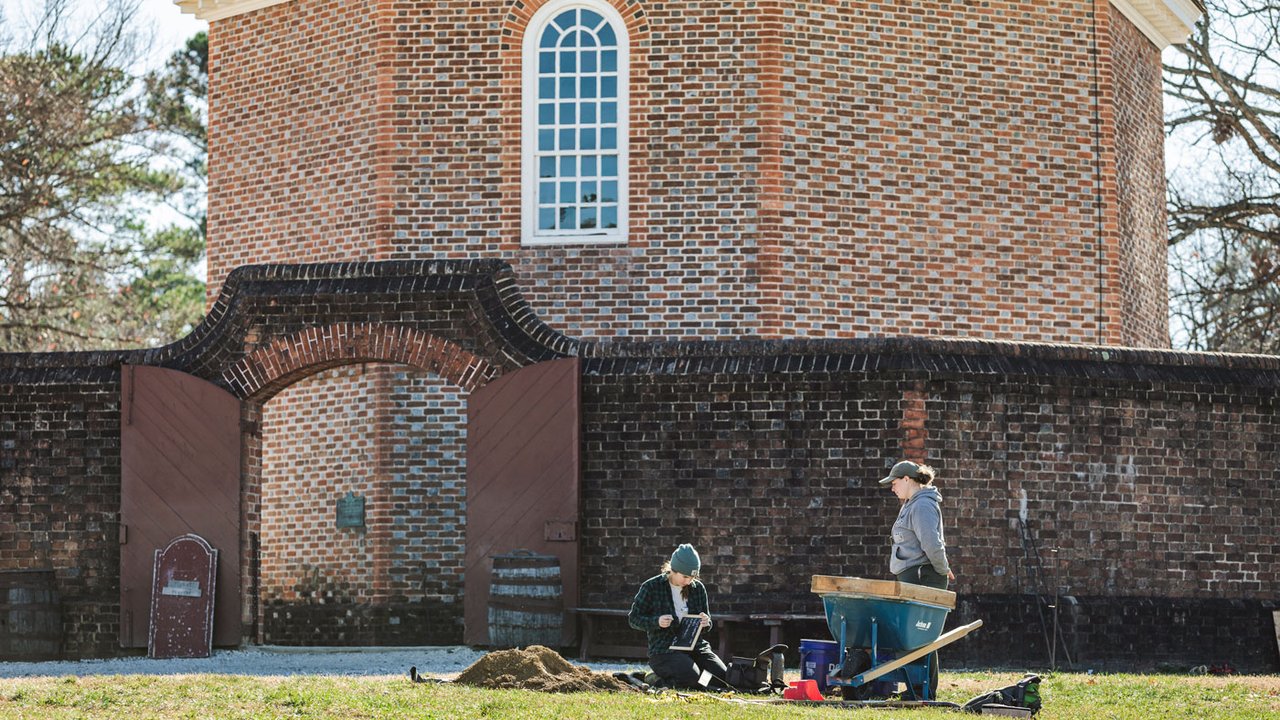
More to Explore

